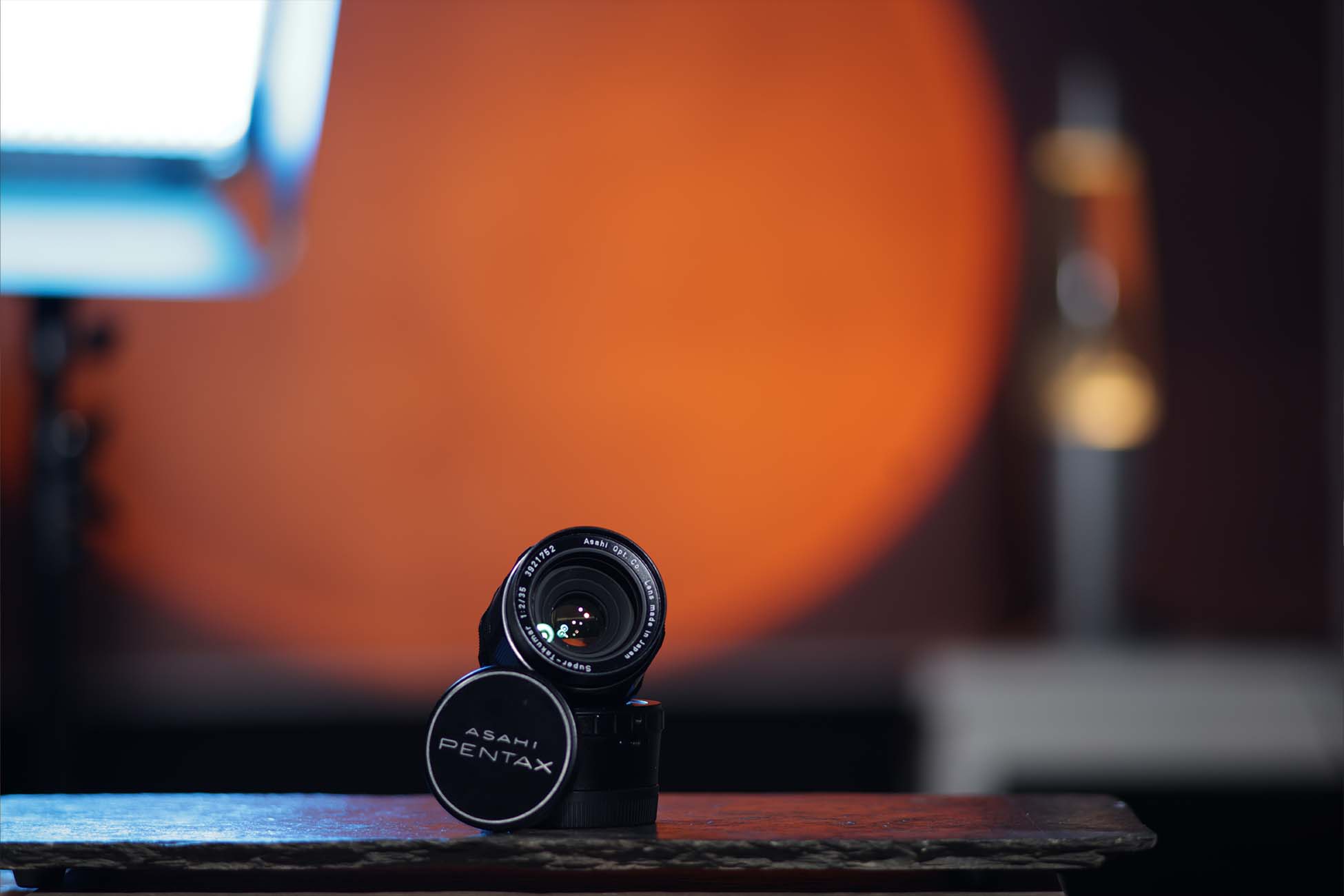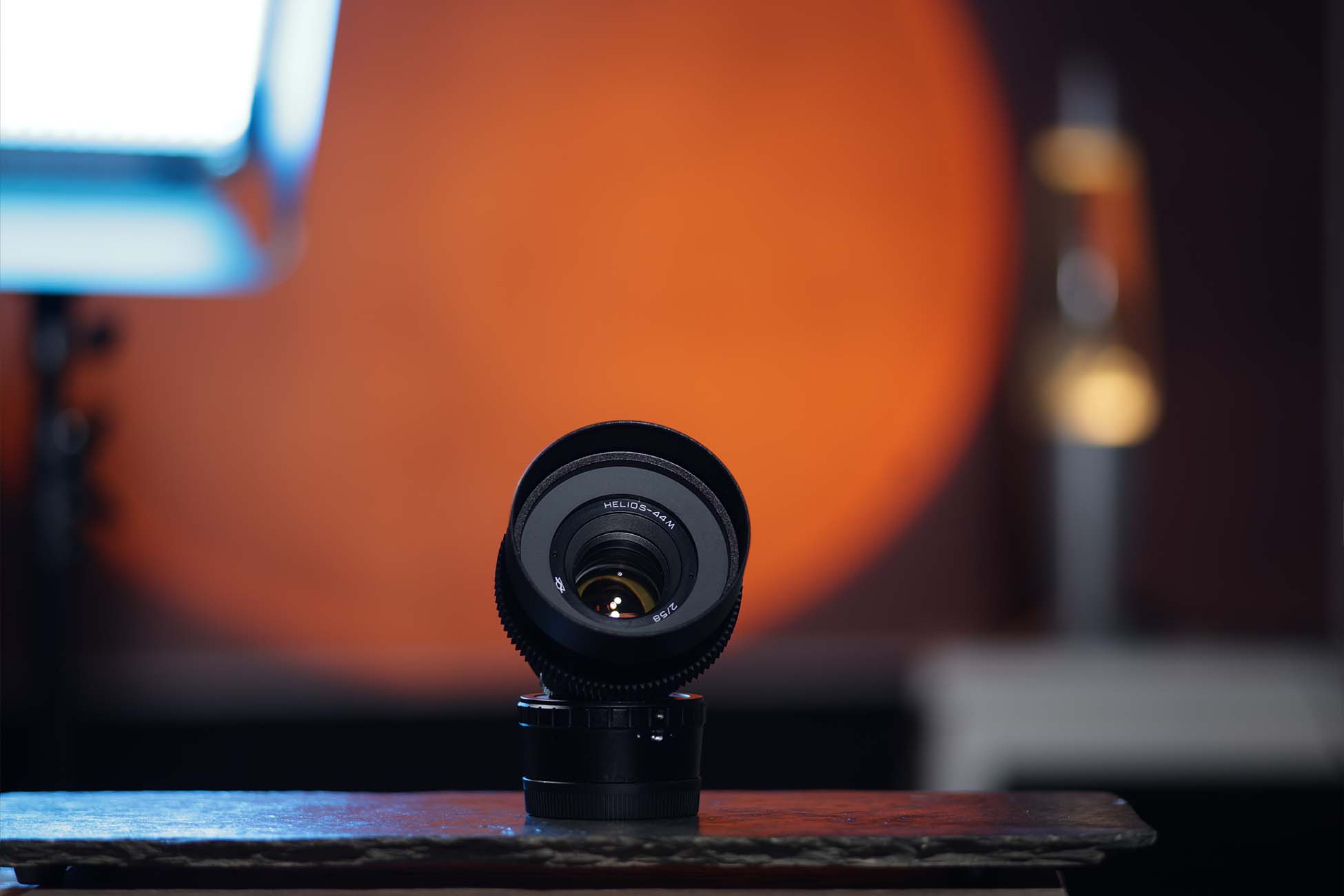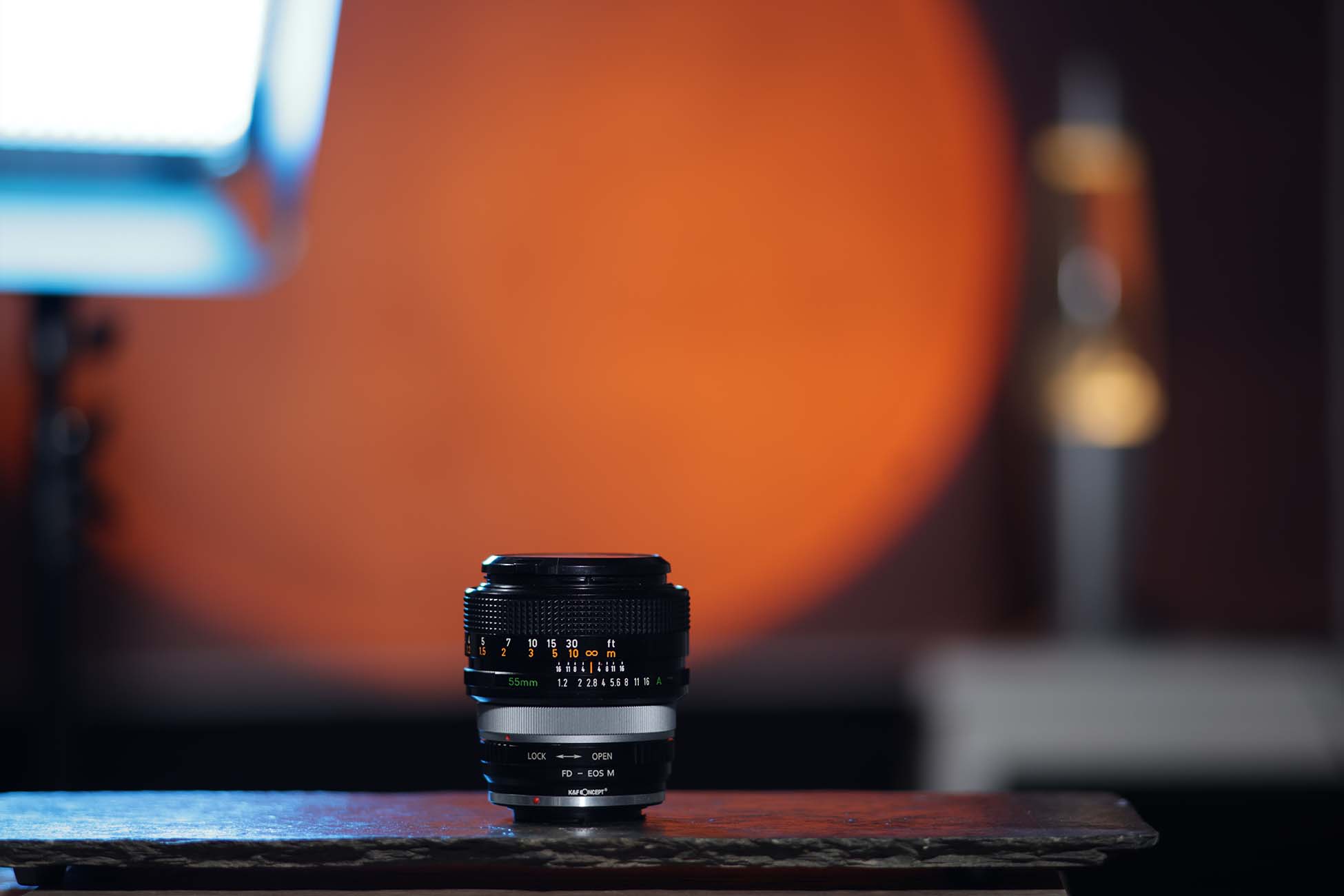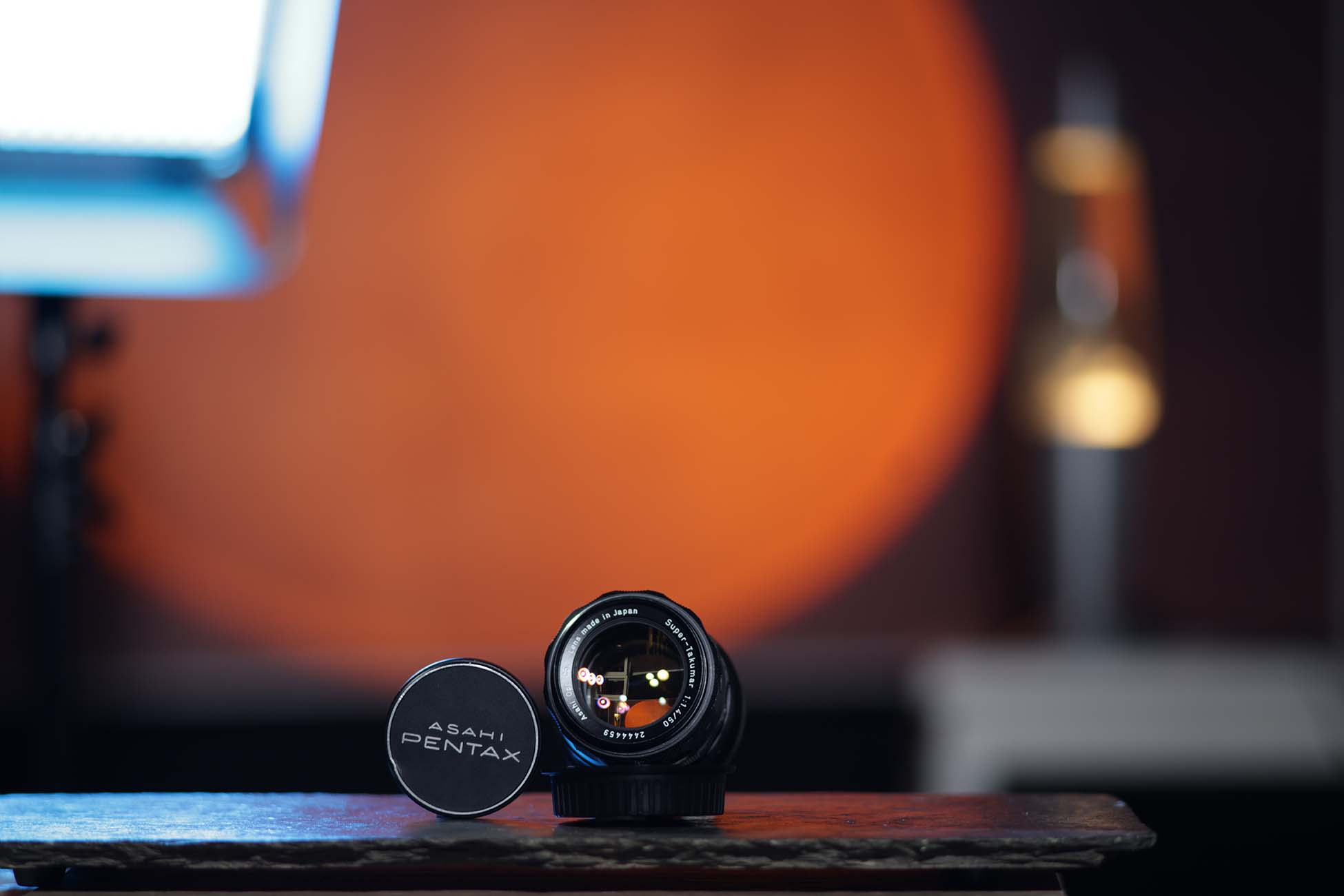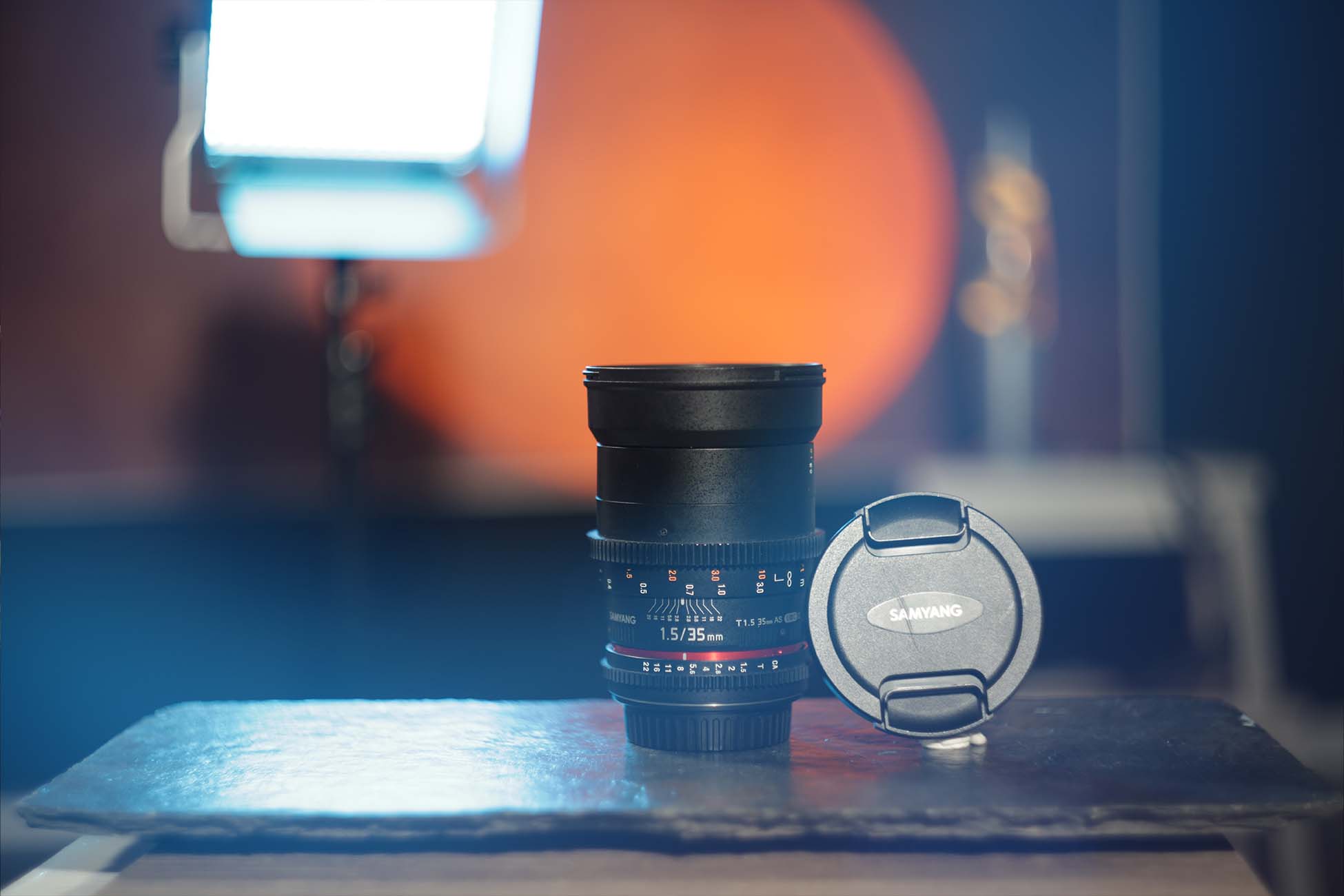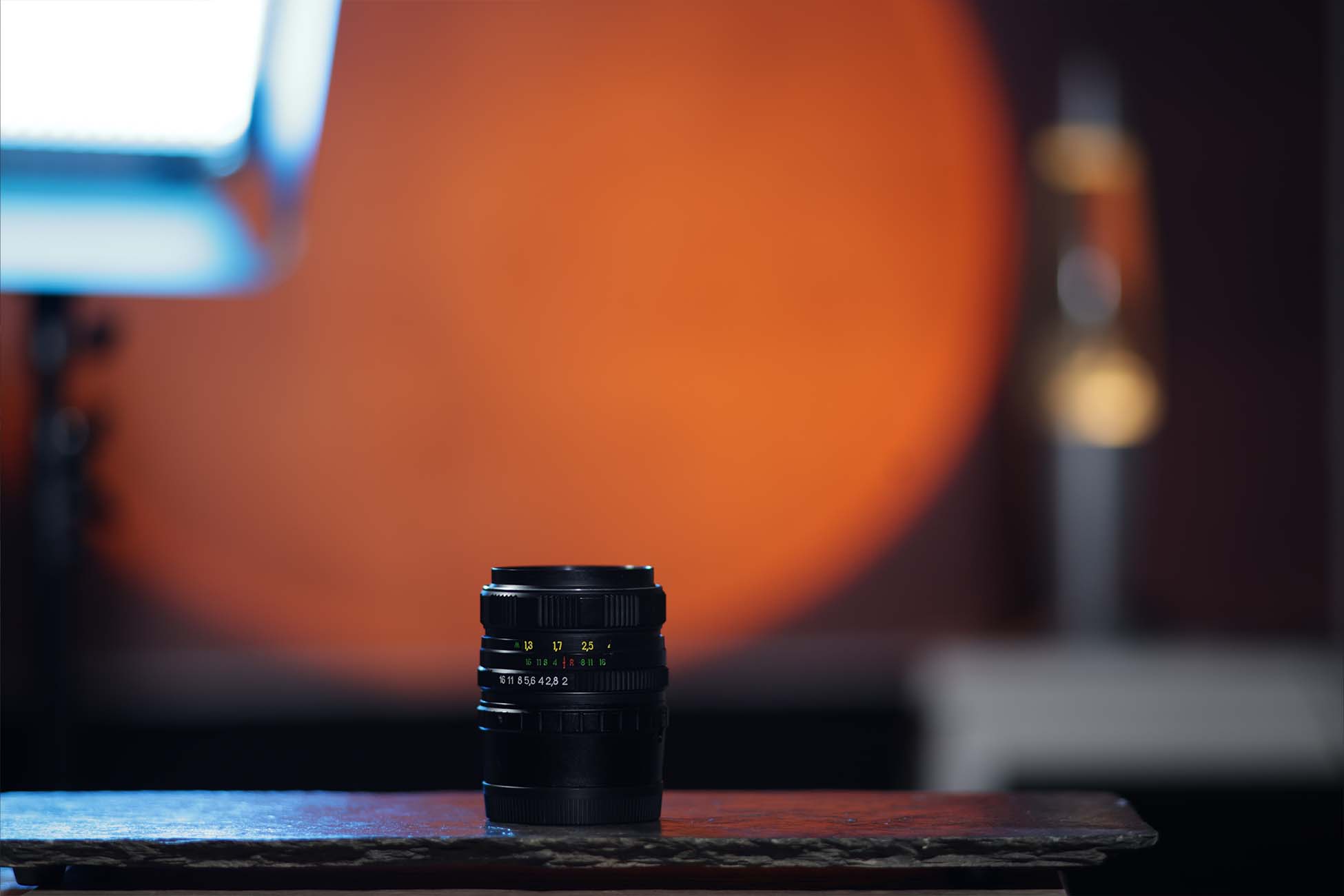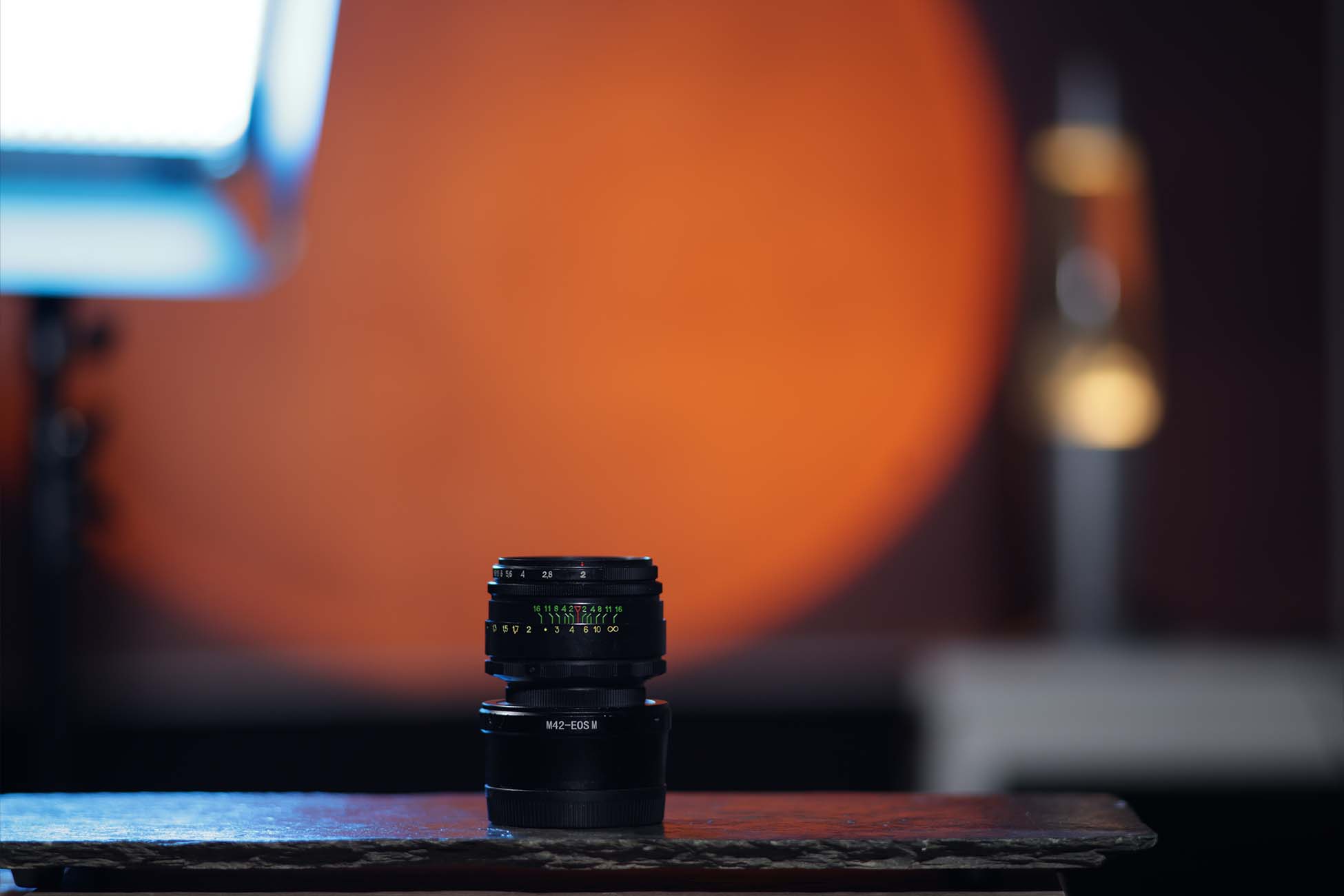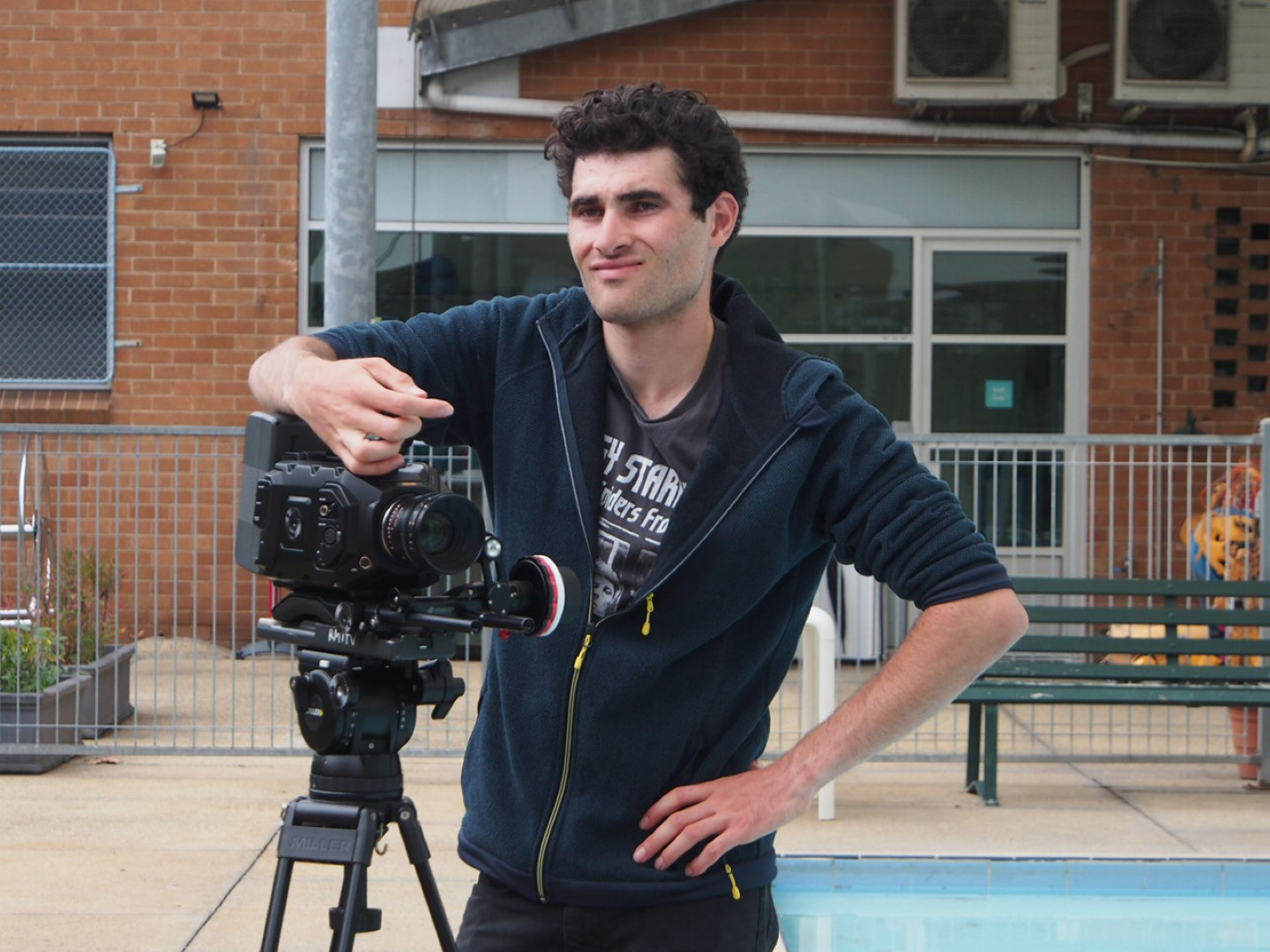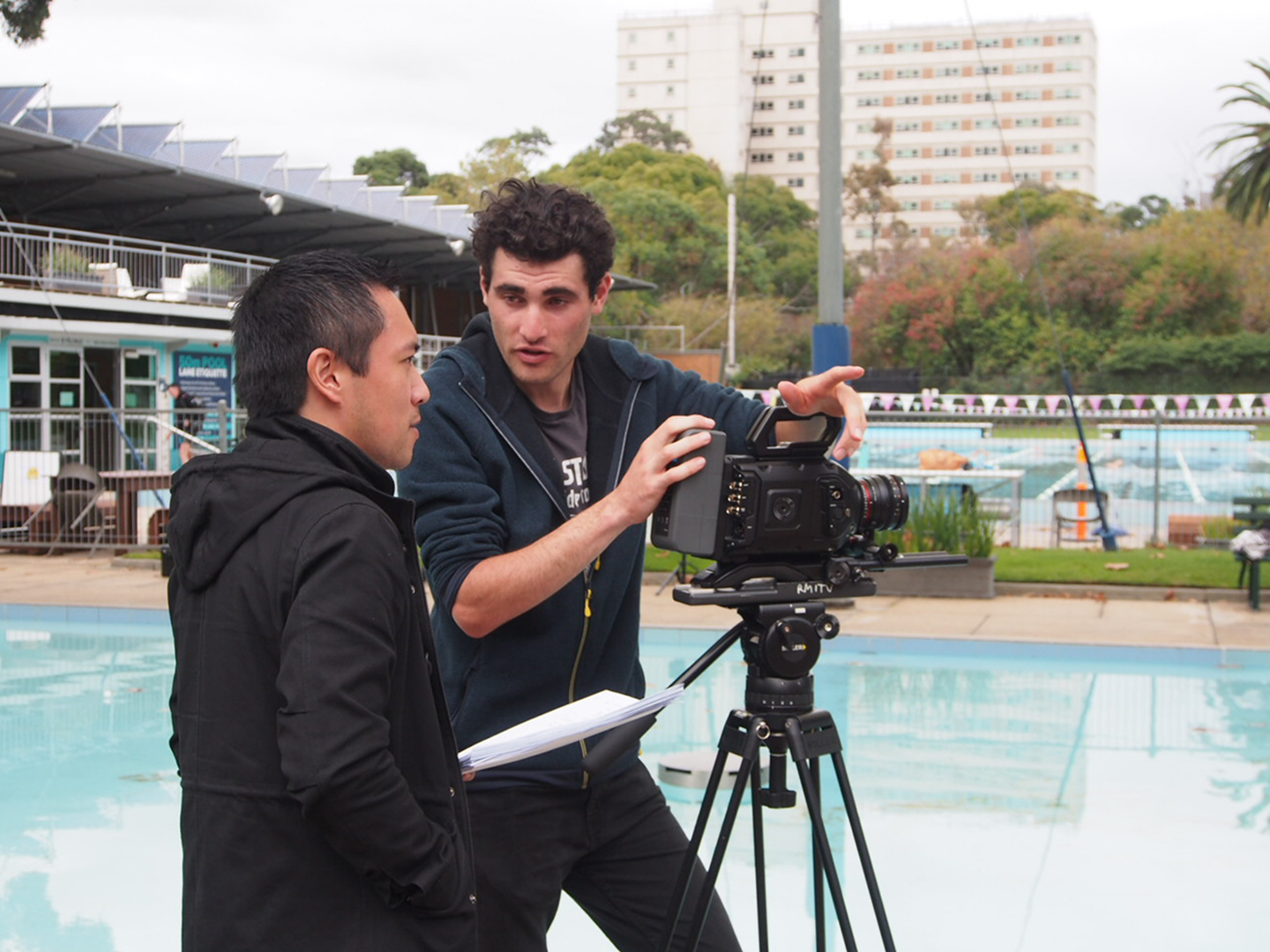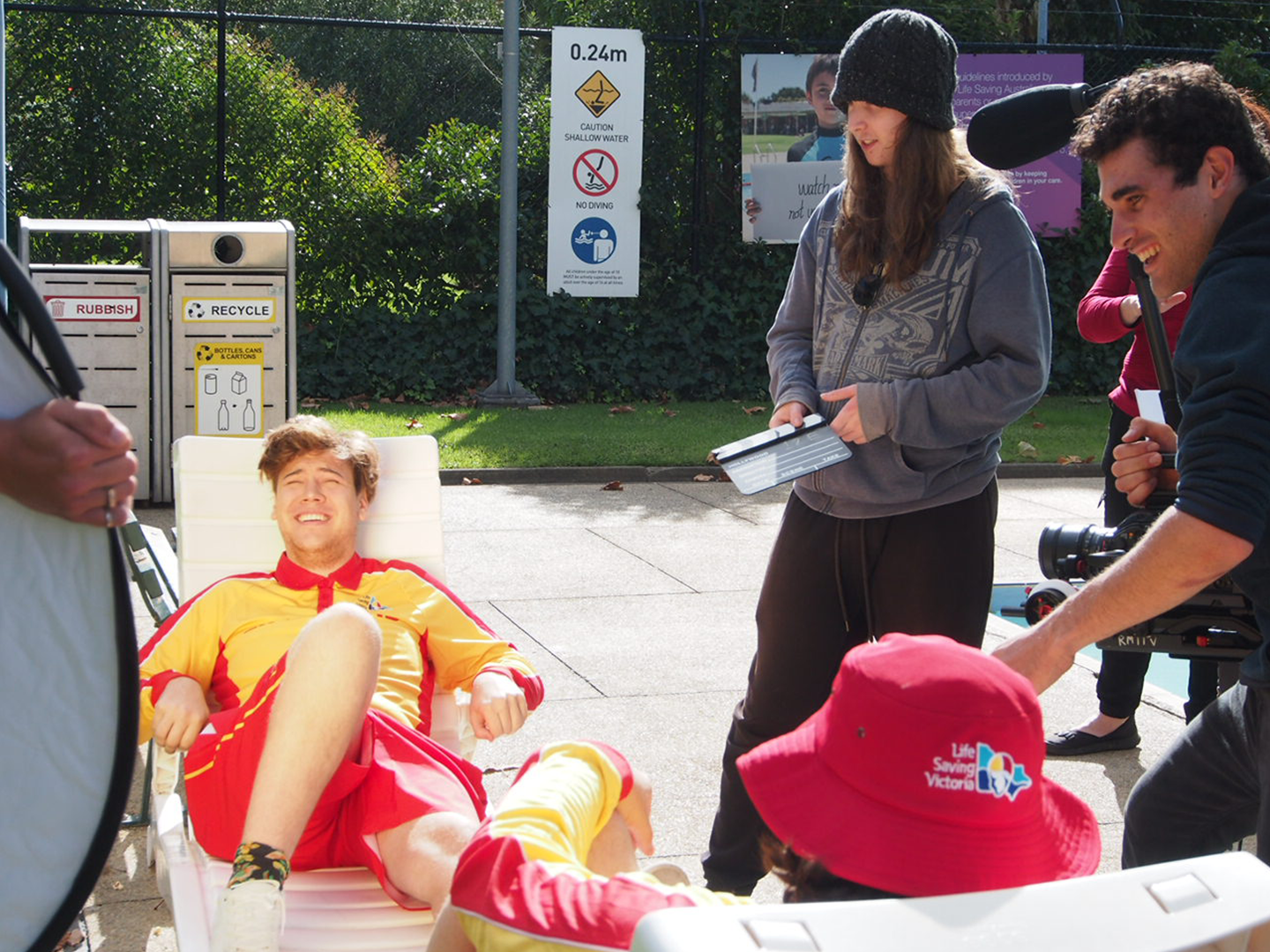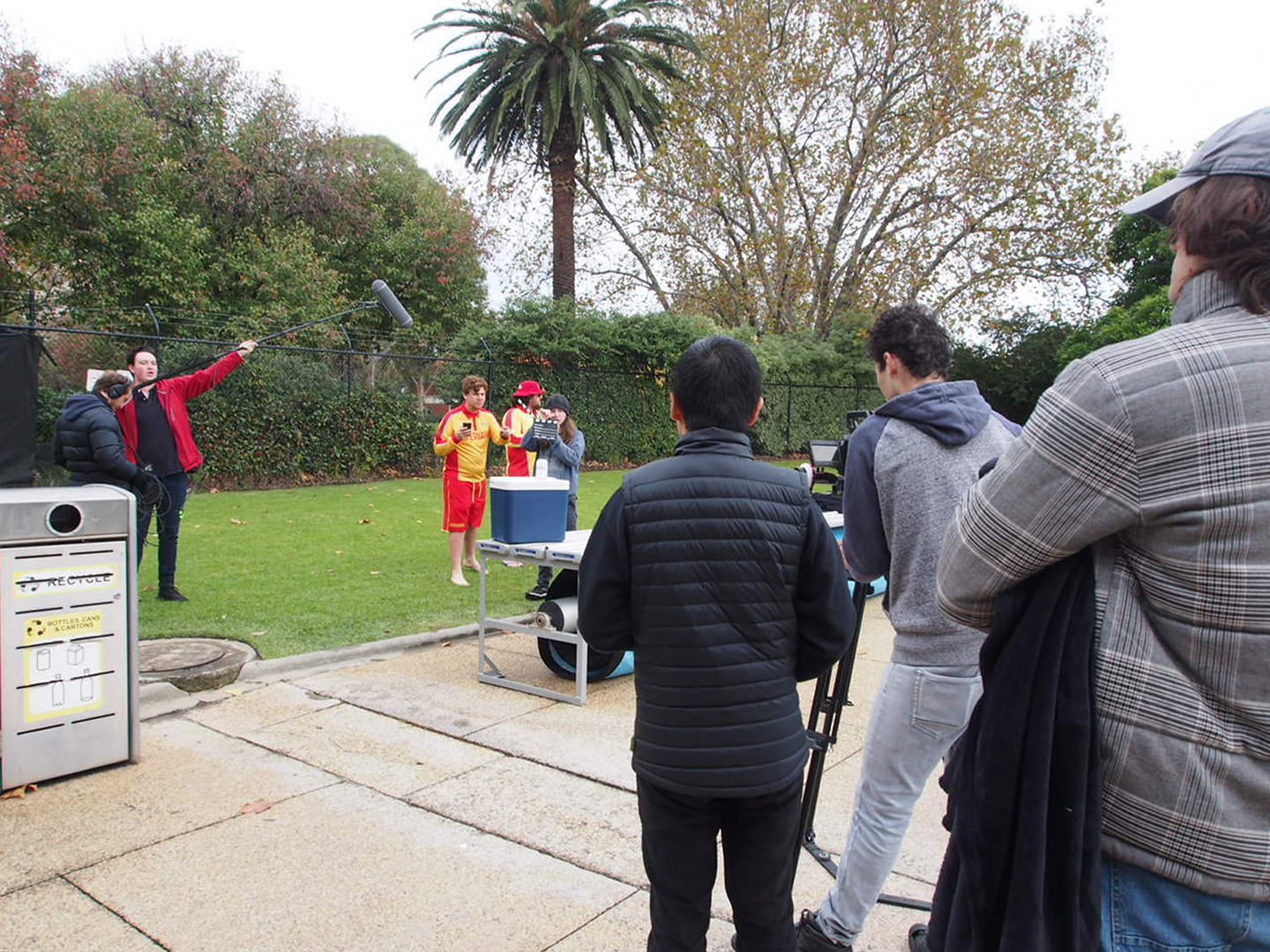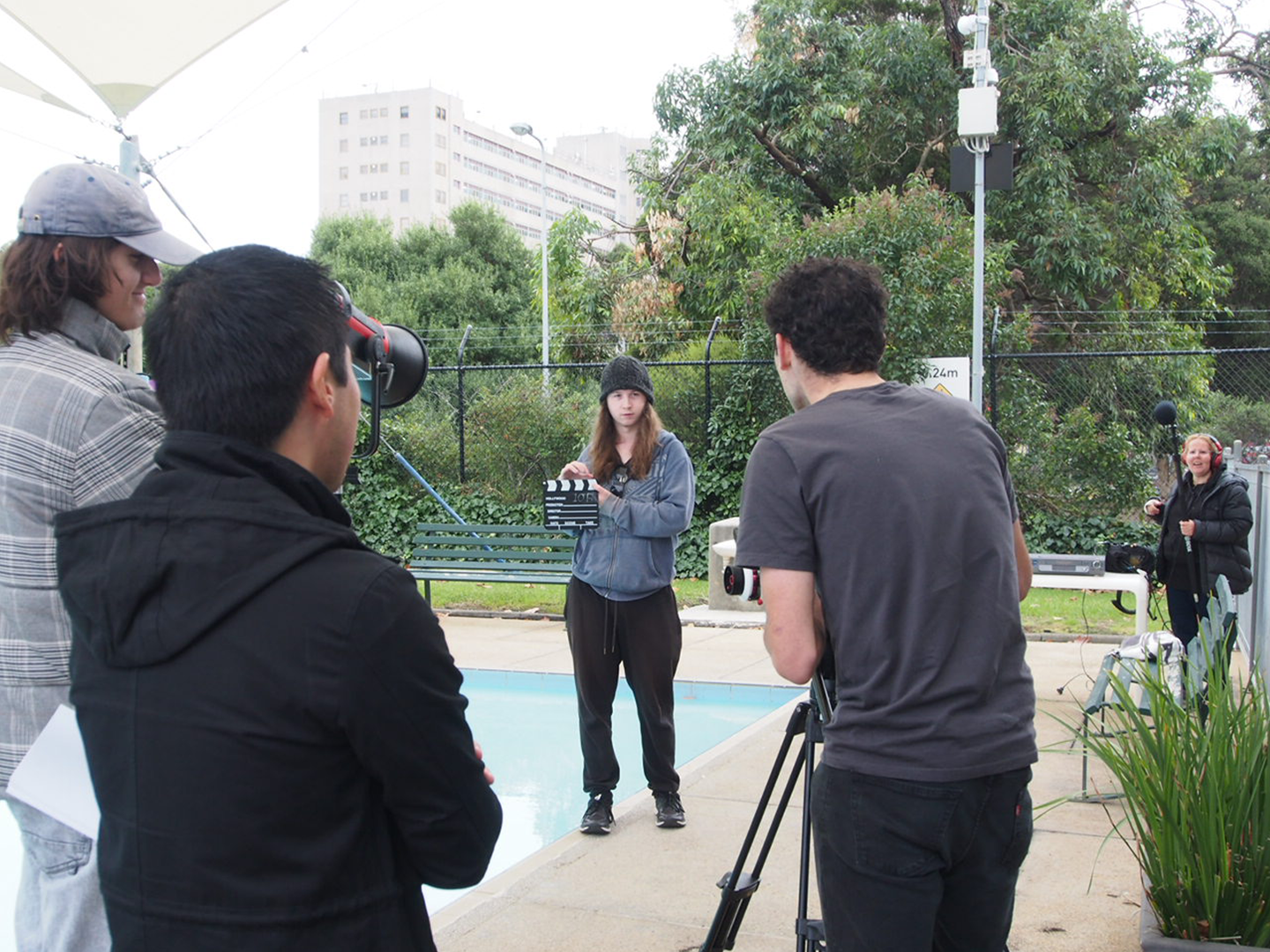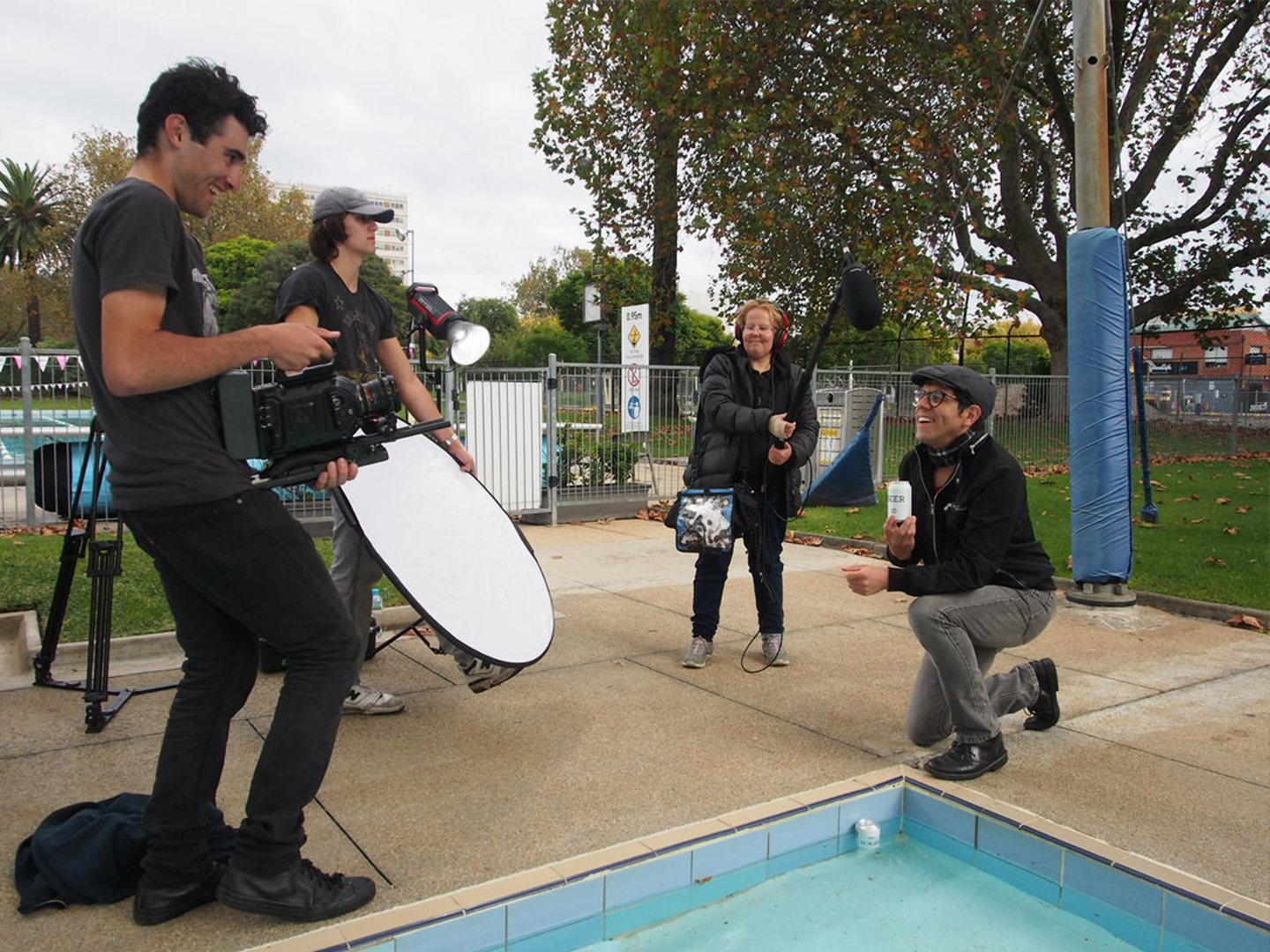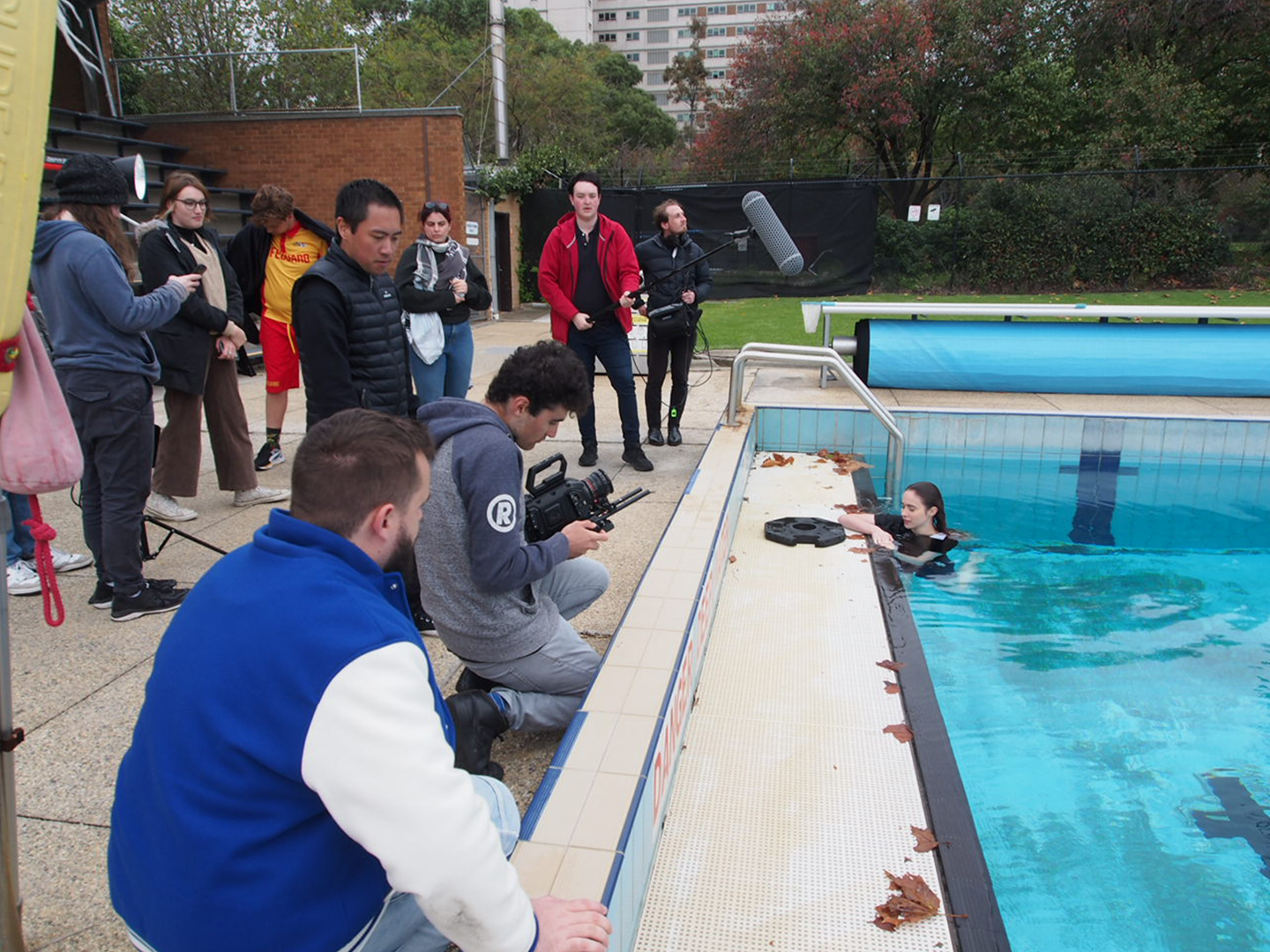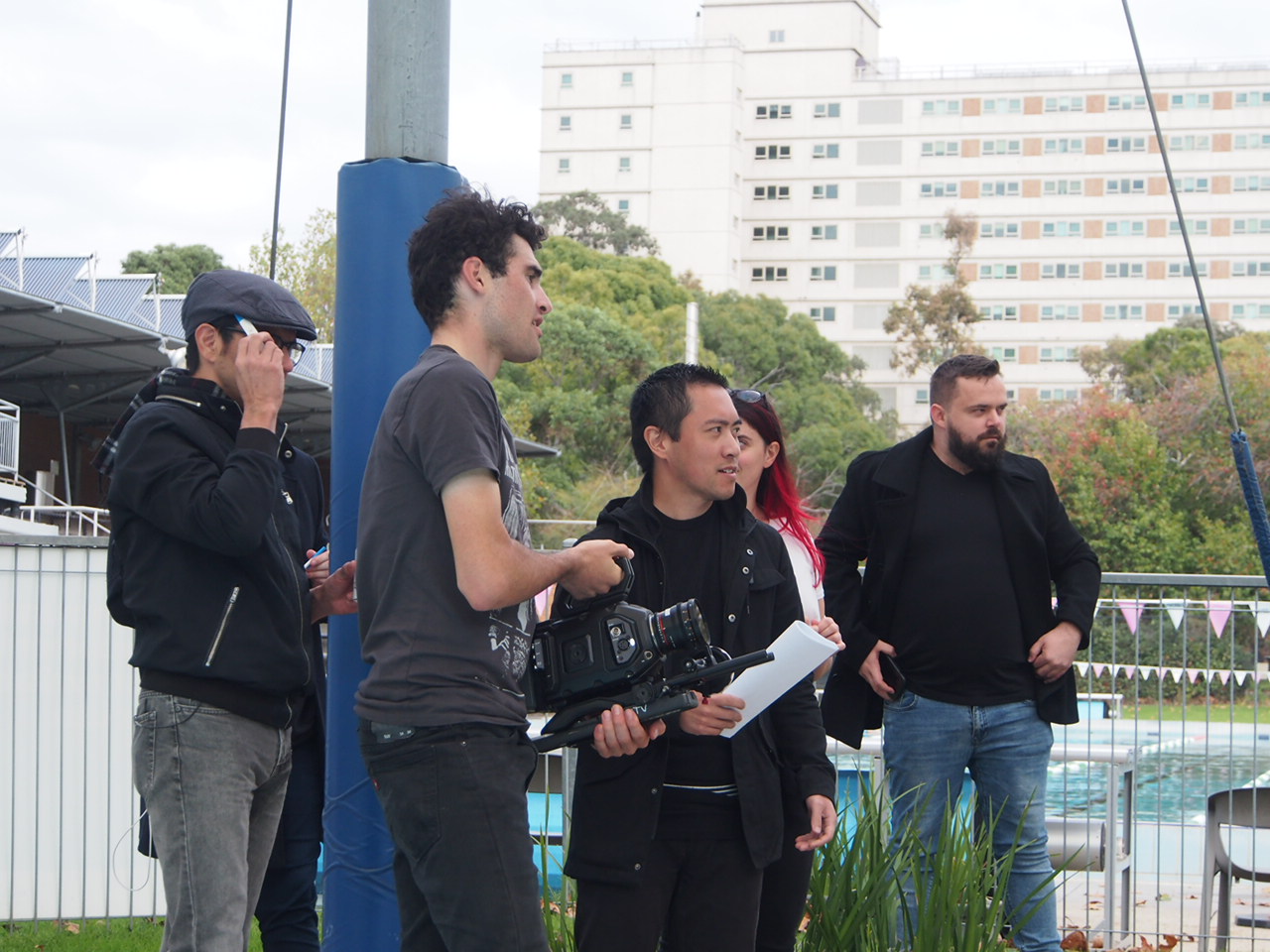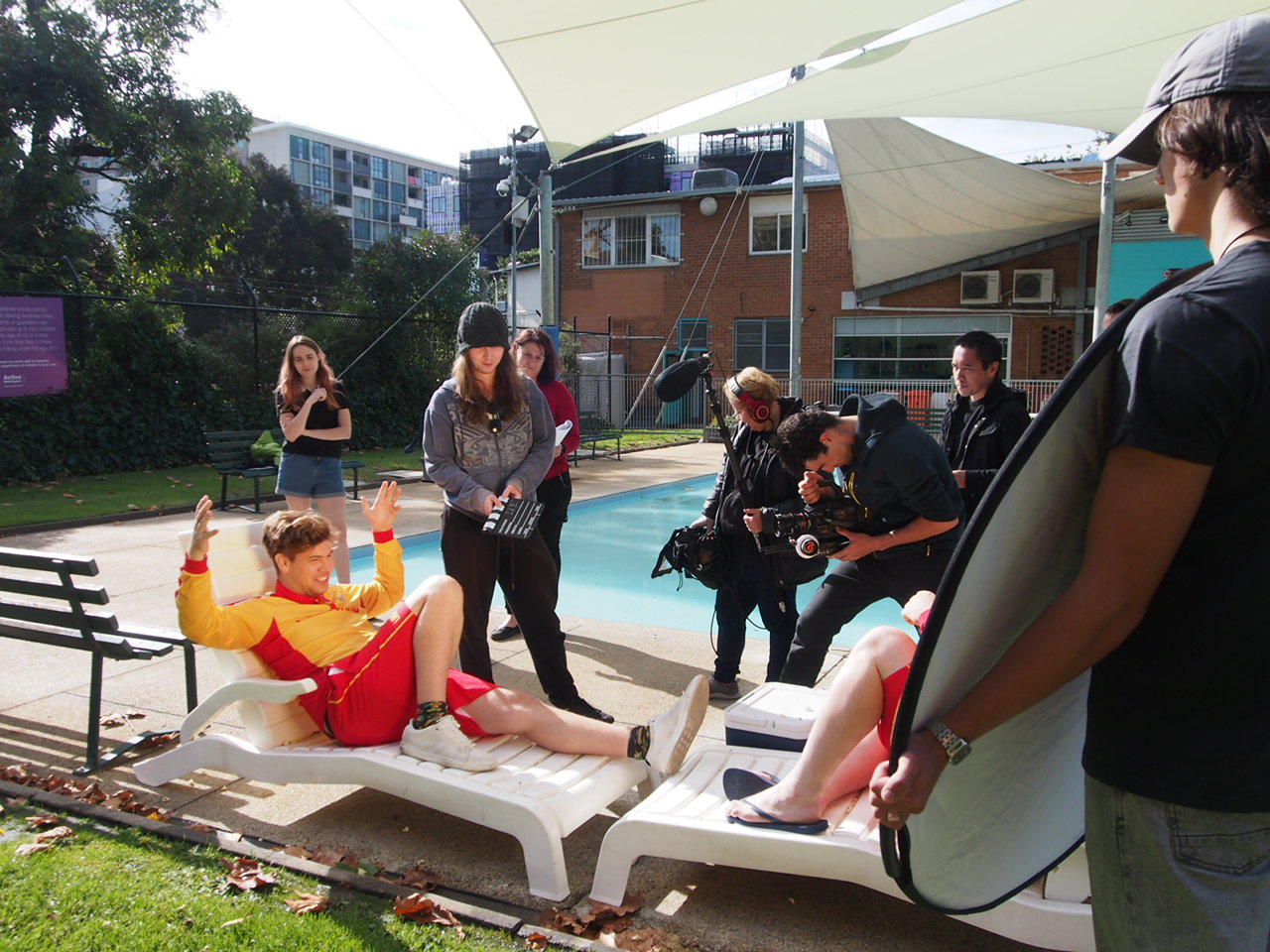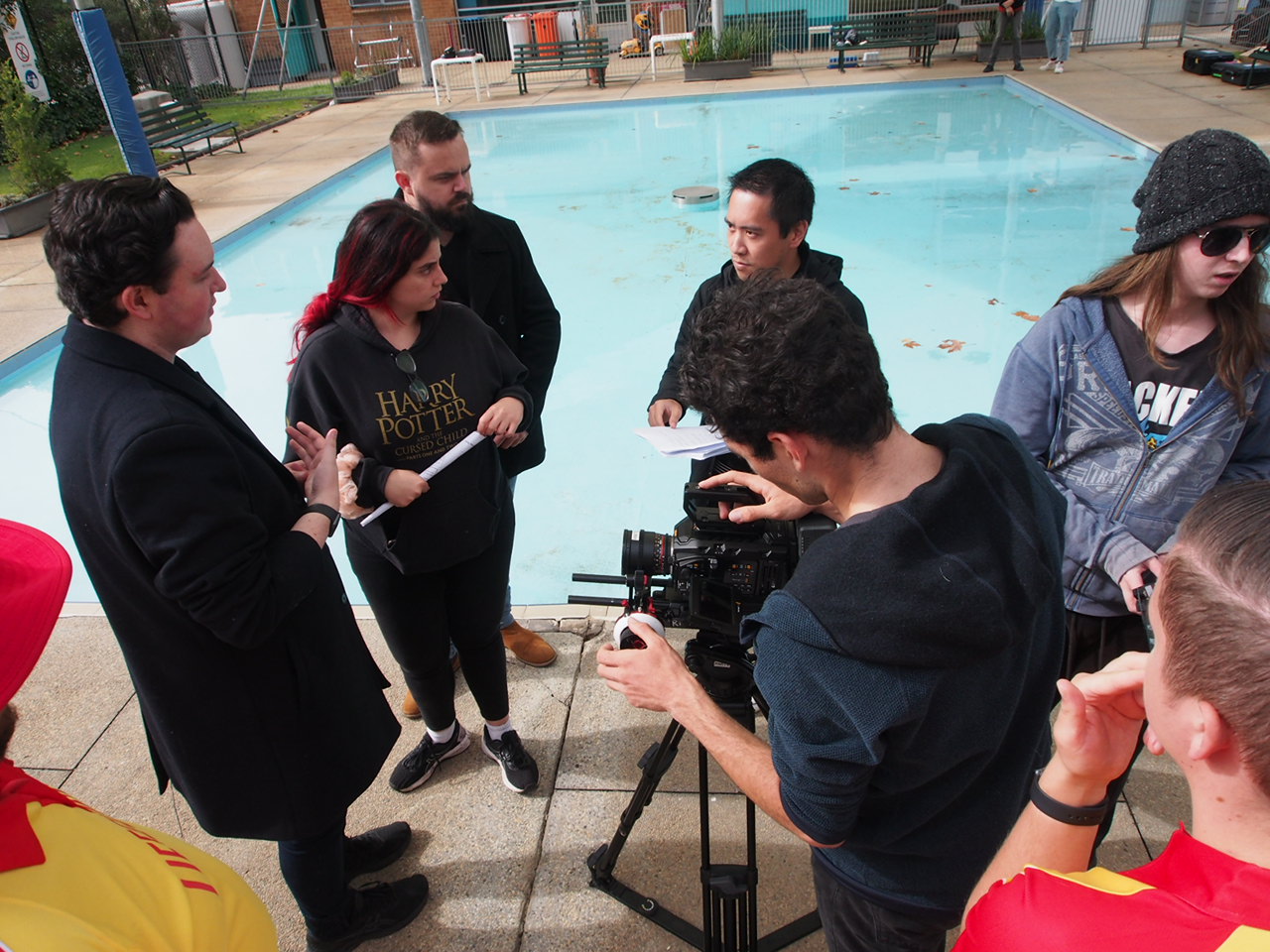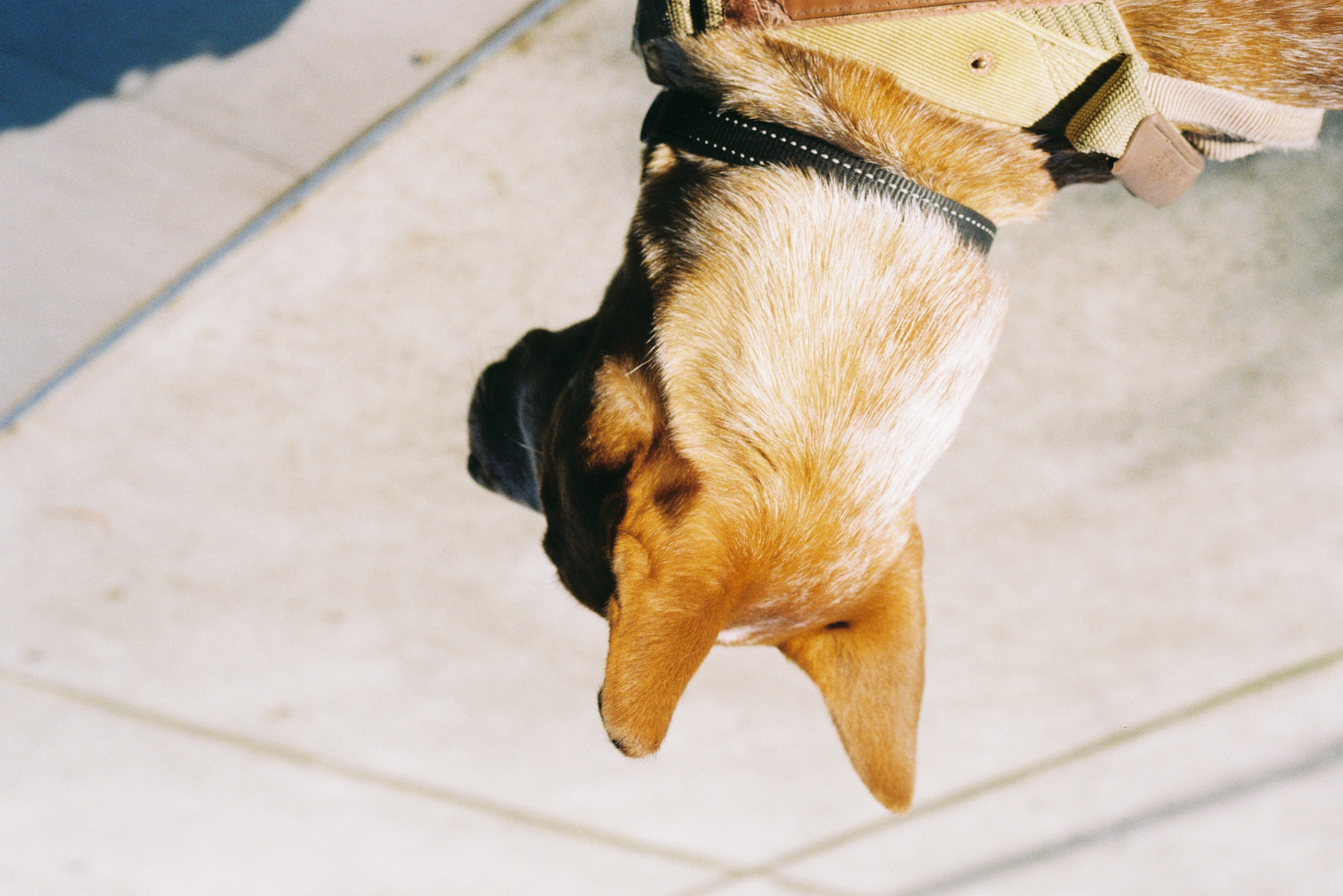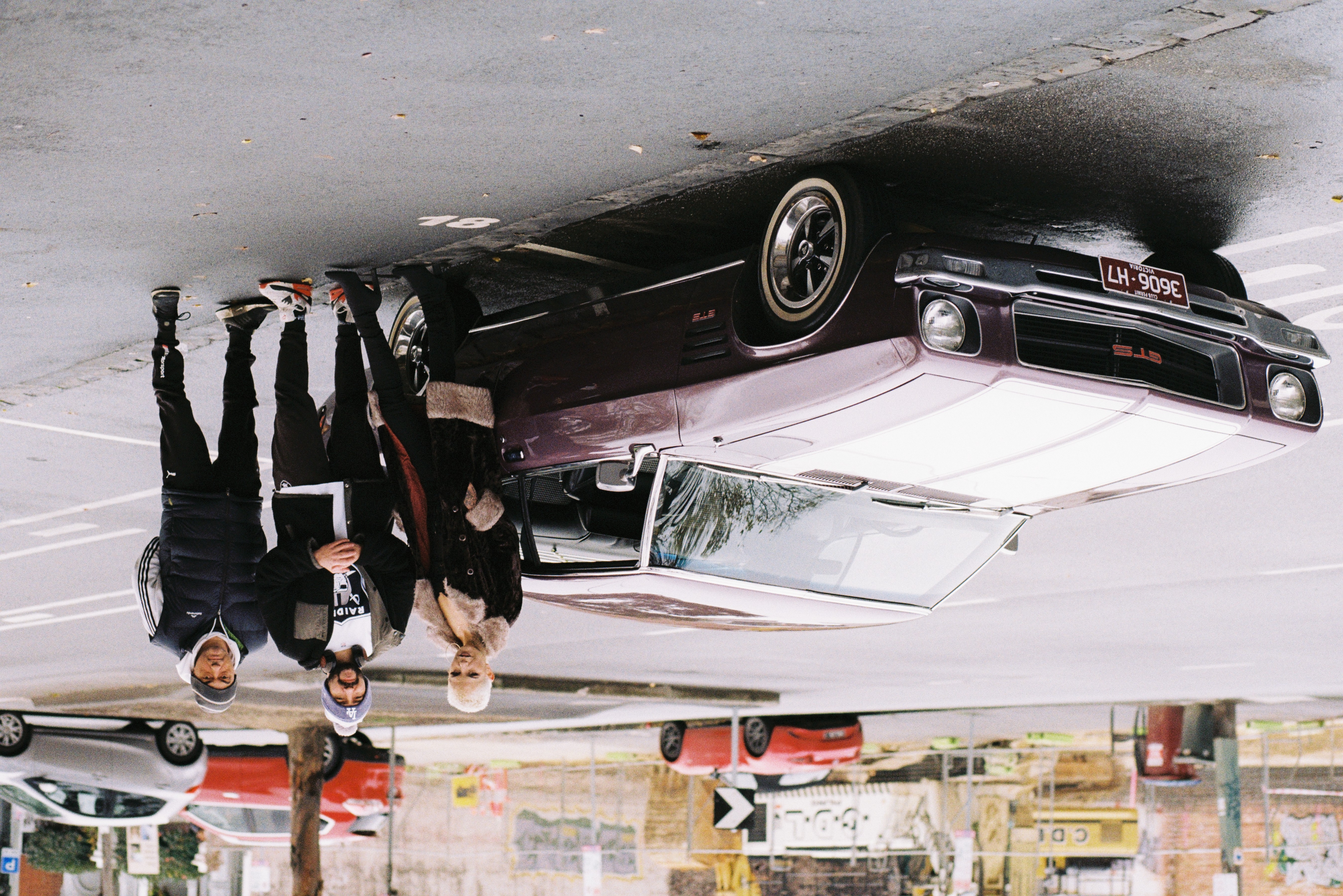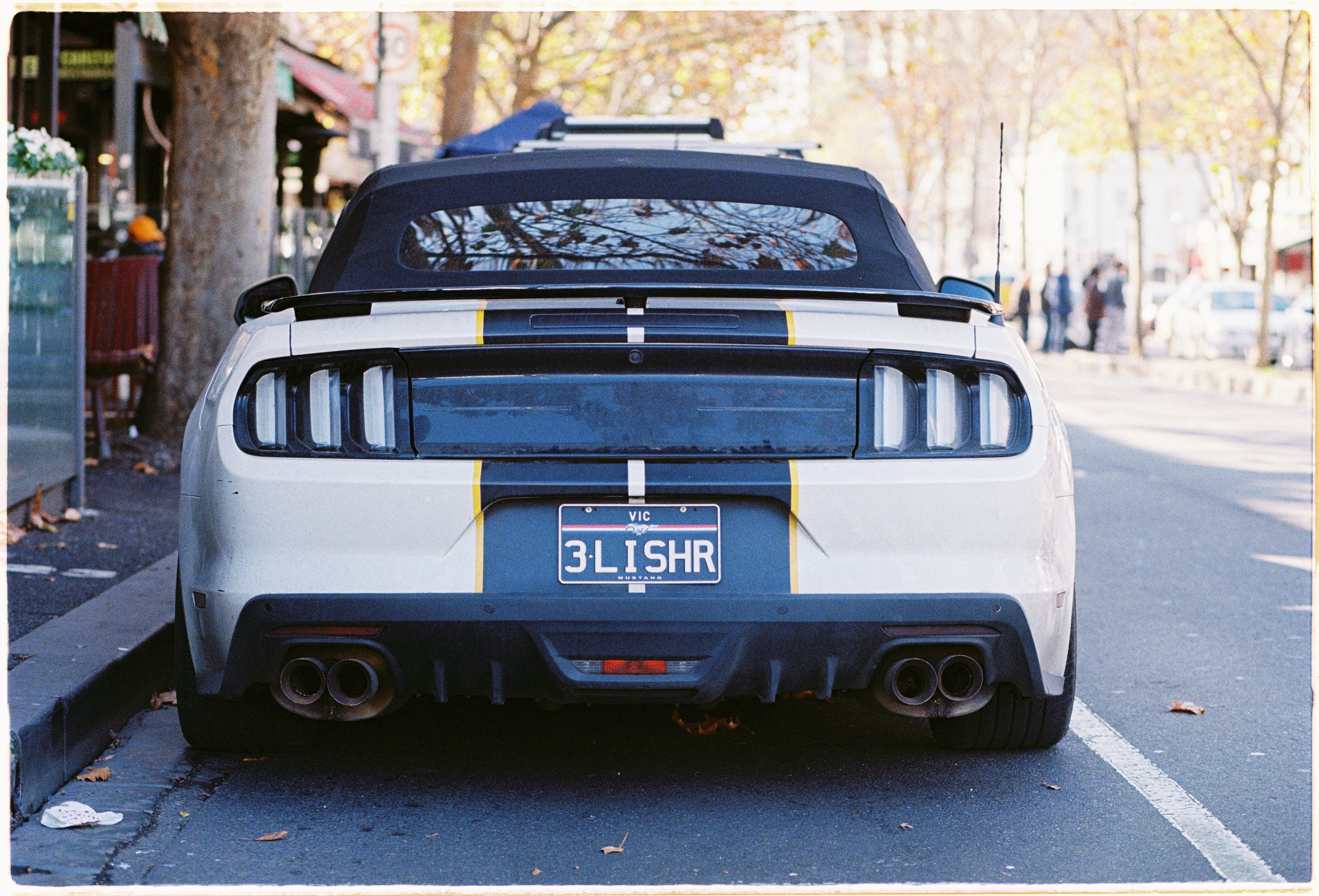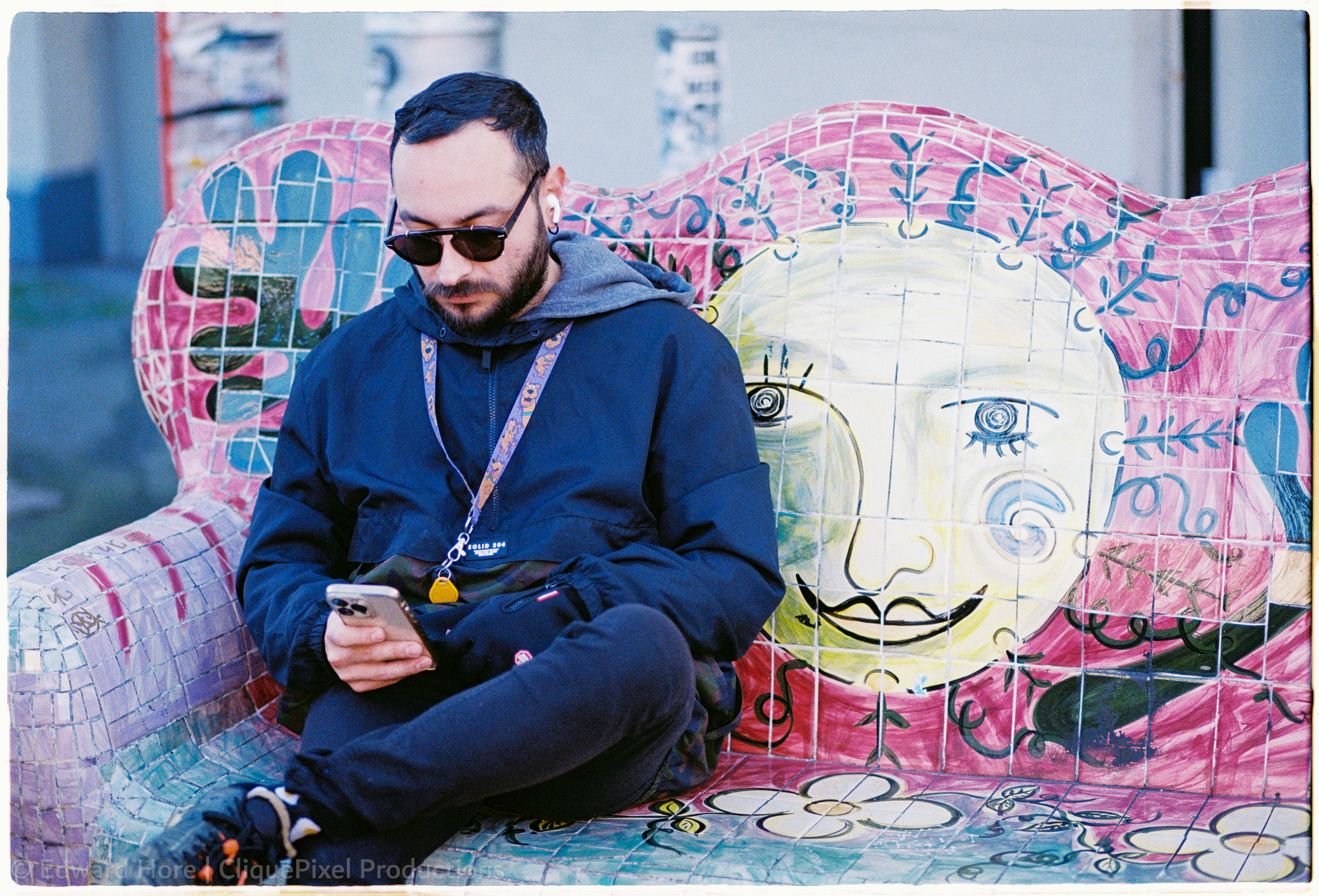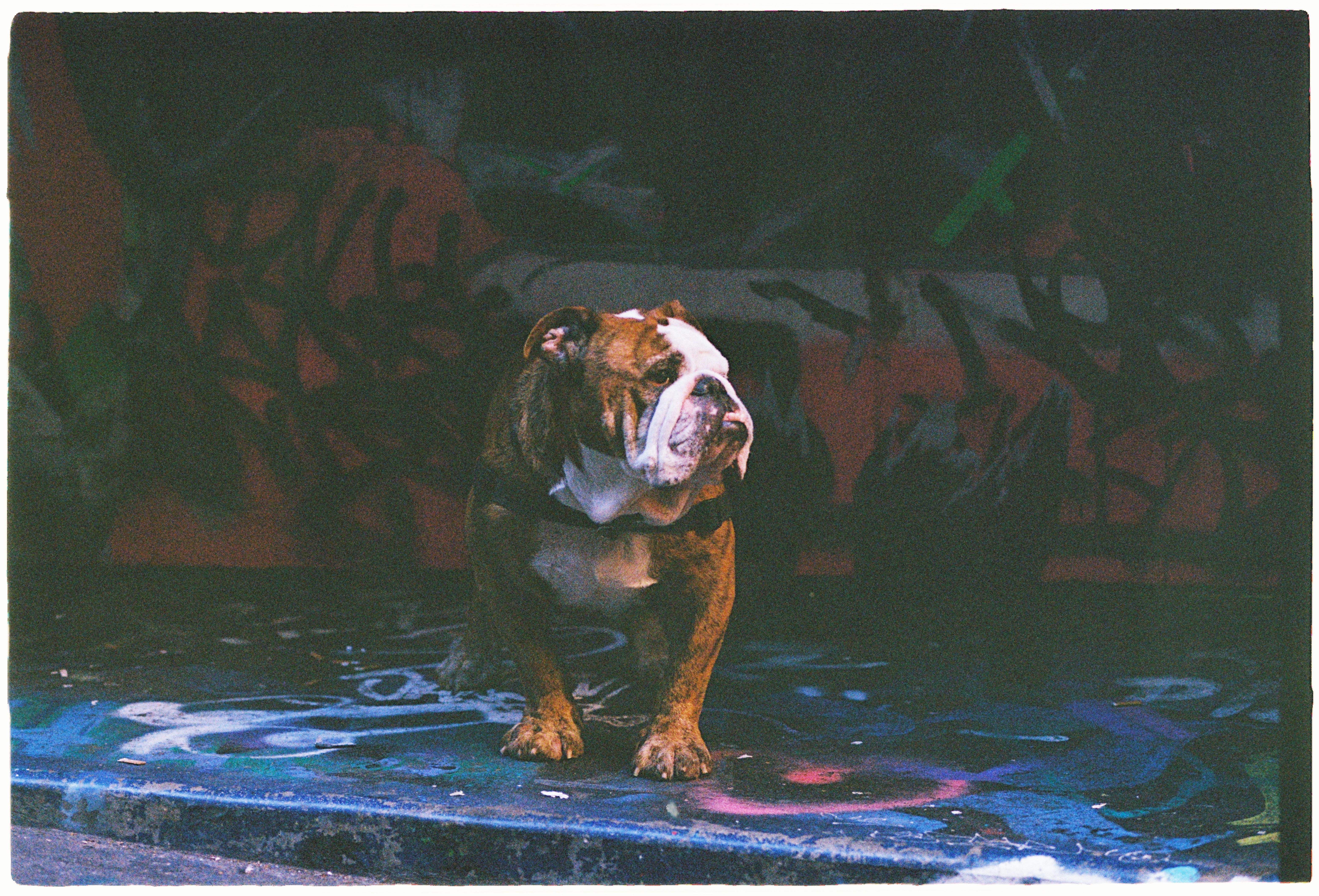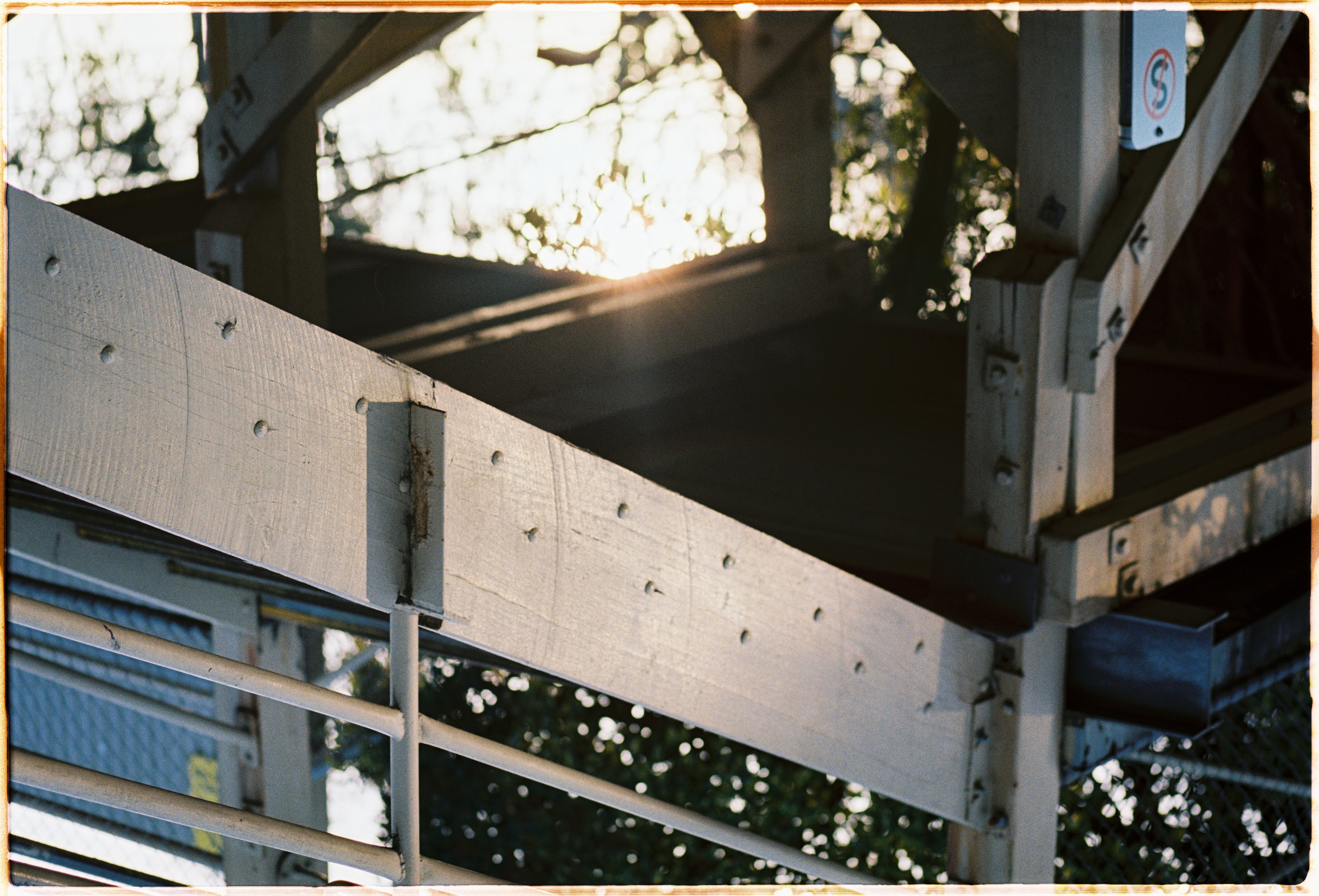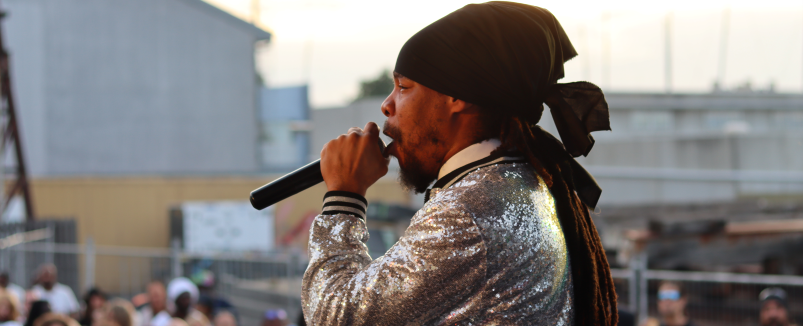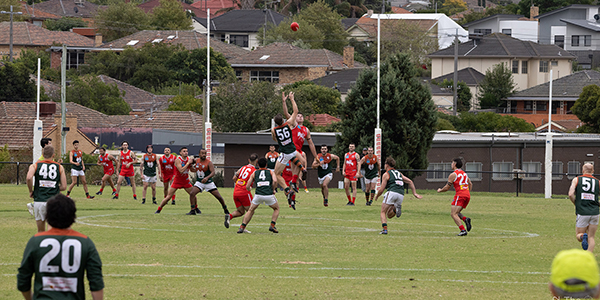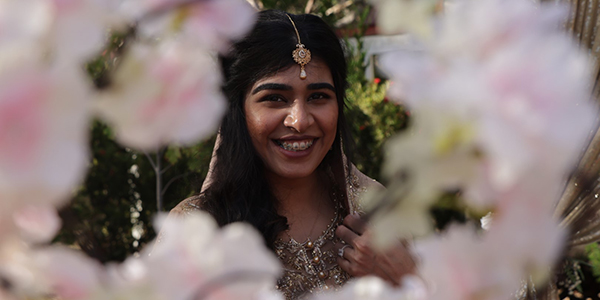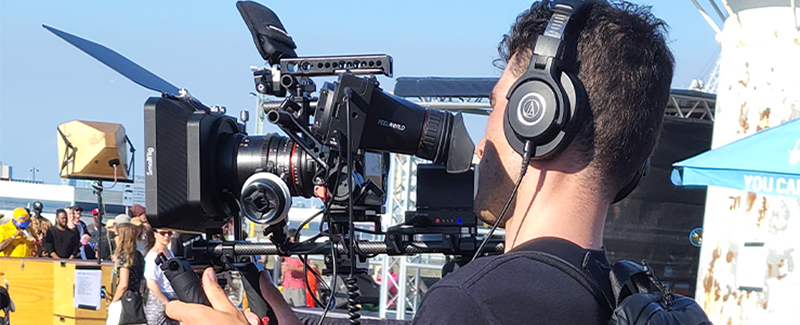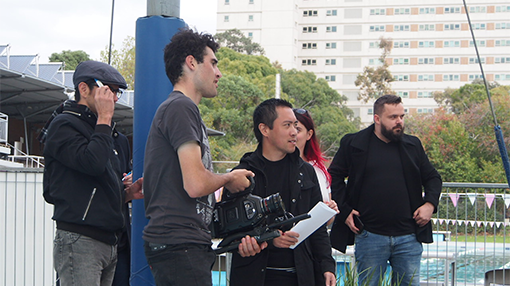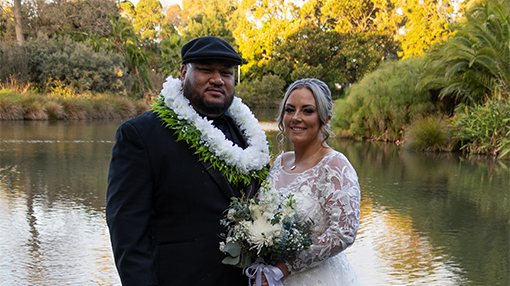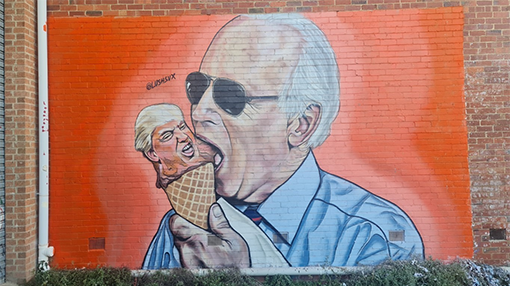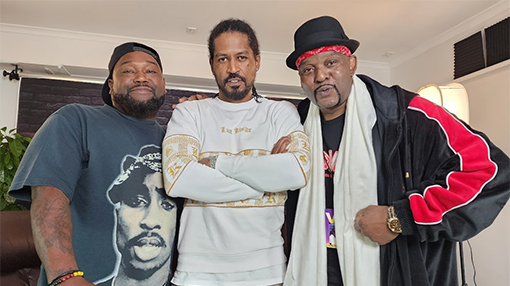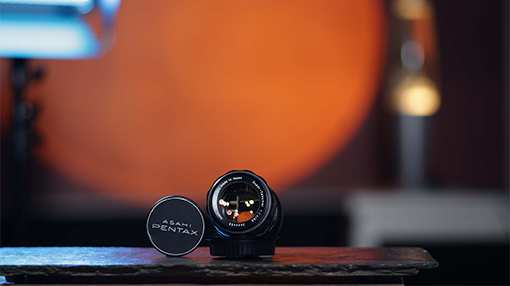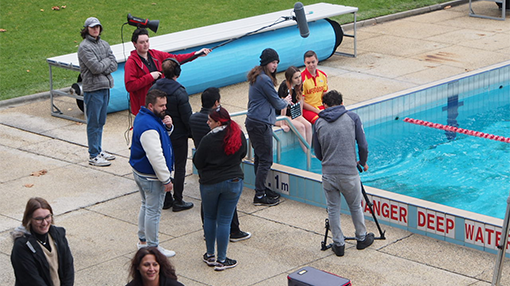My take on Vintage Lens
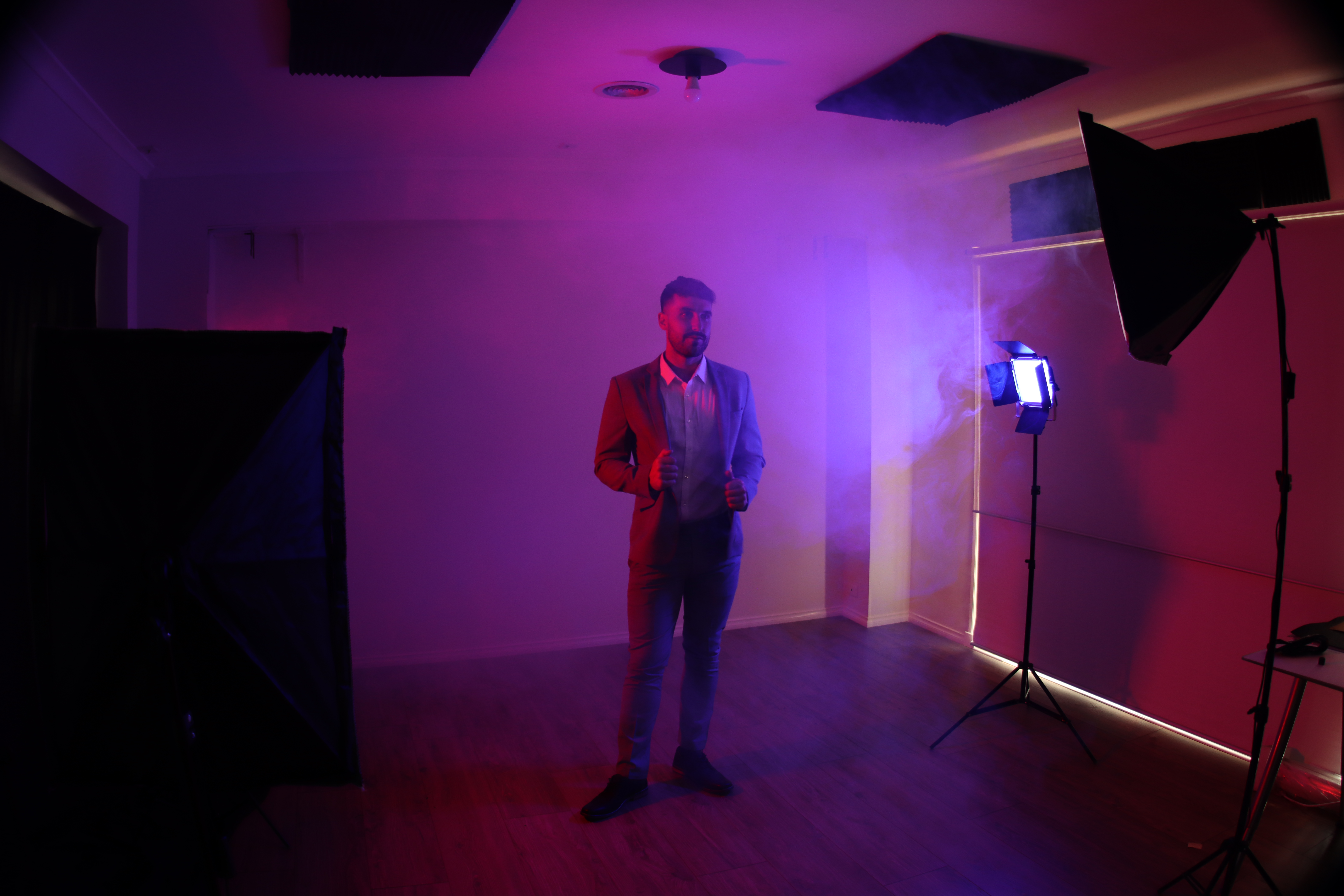
The lockdowns in Melbourne, Australia were a time of adjustment and adaptation for everyone. With limited social activities and more time at home, many people decided to use this time to revamp their living spaces. In this article, we’ll take a look at one household’s journey from a concrete-floored room to a fully functional photo and video studio.
|
I have been on a few film sets, a lot during university as teaching exercises, led by the tutor. The ones I have been on, have been interesting. I was an extra in a music video to be played at a festival. The director, producer and cinematographer were all they needed with only one actor. Funnily enough, I saw that actor on a different set, where I was the cinematographer. He is a lovely person. Back to this music video set... The cinematographer was super experienced, knew his gear and was 'in the zone.' So he didn't need the assistant. They used the slate once, but it became annoying for them as they weren't capturing dialogue to sync. Just watching this cinematographer get through the shots, there were a lot of shots that were repeated but the actor did variations, or there was a focus rack and a slightly different lighting setup. There was definitely a planned shot list or some sort of storyboard but the cinematographer on the day manipulated a lot and the director changed a few things than originally planned. But the end result was an enhanced mood or feeling about the story. The one where I was the cinematographer was really good fun. We had a Blackmagic Ursa Mini 4.6K with a Samyang cinema lens kit. Without being too much of a camera nerd, the camera is super user friendly, the lenses are a great mix of super clean and clinical with a "good vintage character." I shot in a good codec (ProRes 444 and HQ), not RAW because I wasn't too sure if the editor's computer could handle the RAW. We are all students to some degree. (Pun intended) The C Flashcard was 256GB, so it had like 30mins of recording time. Moreover, it was for a pilot, so there is a degree of simplicity for the editor that has to be kept in mind. Lastly, shooting with Blackmagic RAW, there is a set procedure for correctly exposing the sensor. We didn't have the permitted time to allow us to shoot when the light was perfect. It was raining, sunny and cloudy within 5 minutes at a time. My main goal was to expose the image without clipping. Frame the image in the best size, have the continuity and make sure the focus is perfect. Even more, lastly, the actor's performance was critical (AS ALWAYS) so I had to keep an eye on that. If it wasn't framing out the general public, there were holds for good audio. So shooting RAW was not utmost of importance. I exposed, framed and focused well on all the shots.
|
|
|
I'll give one little nugget for the camera nerds to froth over, was that I shot most of the scenes on t2.8. With in-built ND sensors, and ISO at 250 to 500. Depending on if the sun just burst through some clouds and I can't change the ND from 4 to 6 quickly and definitely don't want the t-stop to change. I wish I had more time to tweak the shot but the helicopters were constantly flying over our heads. There were a lot of very small time windows, with many shots. An ISO change from 320 to 400, ain't going to matter too much. The audience will be too busy laughing to study the noise level. (Which wasn't that much higher). I did have some fun focus racking, or my assistant did have a lot of fun doing that. As the DoP, my job is the framing and the exposure, timing etc, so the assistant ensures good focus. For some of the later shots, I had to do a T1.5 exposure to blur out the public. The camera had a quick digital 2x zoom and some focus peaking lines. Super easy. |
|
|
|
The people I was working with on the set were all terrific. It was so much fun, talking to the director, making the shots happen, and putting someone else's vision to fruition. It is exhilarating when both my interpretation is the same as the writers and producers. We were all on the same page which is such a good experience. After I read the screenplay, I was hooked. Immediately I wanted to be a part of the show. The highlight of the entire shoot at the swimming pool was during a cutaway scene. One of the writers had to play the 'extra' part. He was told to do a bit of improv, which made the entire crew of ~12 people laugh all over the floor. No one expected him to take it to that extreme hyperbolic (yes, an extreme of an extreme) of the scene. It was a small cutaway scene of maybe 10 seconds in length, but it was taken to one minute and 30 seconds. Thankfully the camera was locked on a tripod and let the camera roll whilst we all held in our laughter. |
Other scenes went smashingly, and the cast was very good to work with. They had to repeat a lot whilst I got the camera coverage and don't let comedians keep acting. If you don't say "cut,' they keep going. There was a great mix of improv and following the script, and it was my job to follow the action and capture the best image.
My favourite scenes were the super dynamic, handheld scenes following the action. The assistant would be beside me, racking the focus. I could do it as well, but he did a great job. The locked-off tripod shots were ones I could go a 'wee bit more' open T-stop. Just because it is easier to track focus. T2.8 to T4 for handheld tracking focus, and T2 to T2.8 for less dynamic shots. We don't have all day and they're comedians doing improv during the ends of some takes. Definitely don't want to miss the action.
How could I forget the lens changes, it is awesome to have a 24mm, 35mm, 50mm and 85mm with a Canon Zoom for a 'crash zoom.' The coverage, we usually started in the wide, rarely the 24mm. Mostly the 35mm for the reason that the general public couldn't be in the shot. Even if I shoot at T2.8, they would be visible. I also do like the look of the 35mm. We started wide to get the actors to play the scene, see what they may improv first and then go closer. As time was short for sound delays, getting the wide first was supercritical for the coverage.
Then change for close-ups on the 50mm and 85mm for close-ups. I used the 85mm heaps as I had to be further away because I couldn't be in the swimming pool with the camera. And to match the other shots for continuity, it was easier to be further away with an 85mm. Easier to frame in the action, frame out the general public and not have the 24mm look. I even had to use the 50mm for the wides as I couldn't be in the pool. So I was further away from an angle of the action. And the 50mm focal distance was the only one that would work.
The job is all about solving challenges than actually being super artistic. Its the best mixture of creativity with problem-solving.
That scene summed up the shooting so far. A group of students, and only just former students, some teachers all working together to make a movie and having fun doing so.
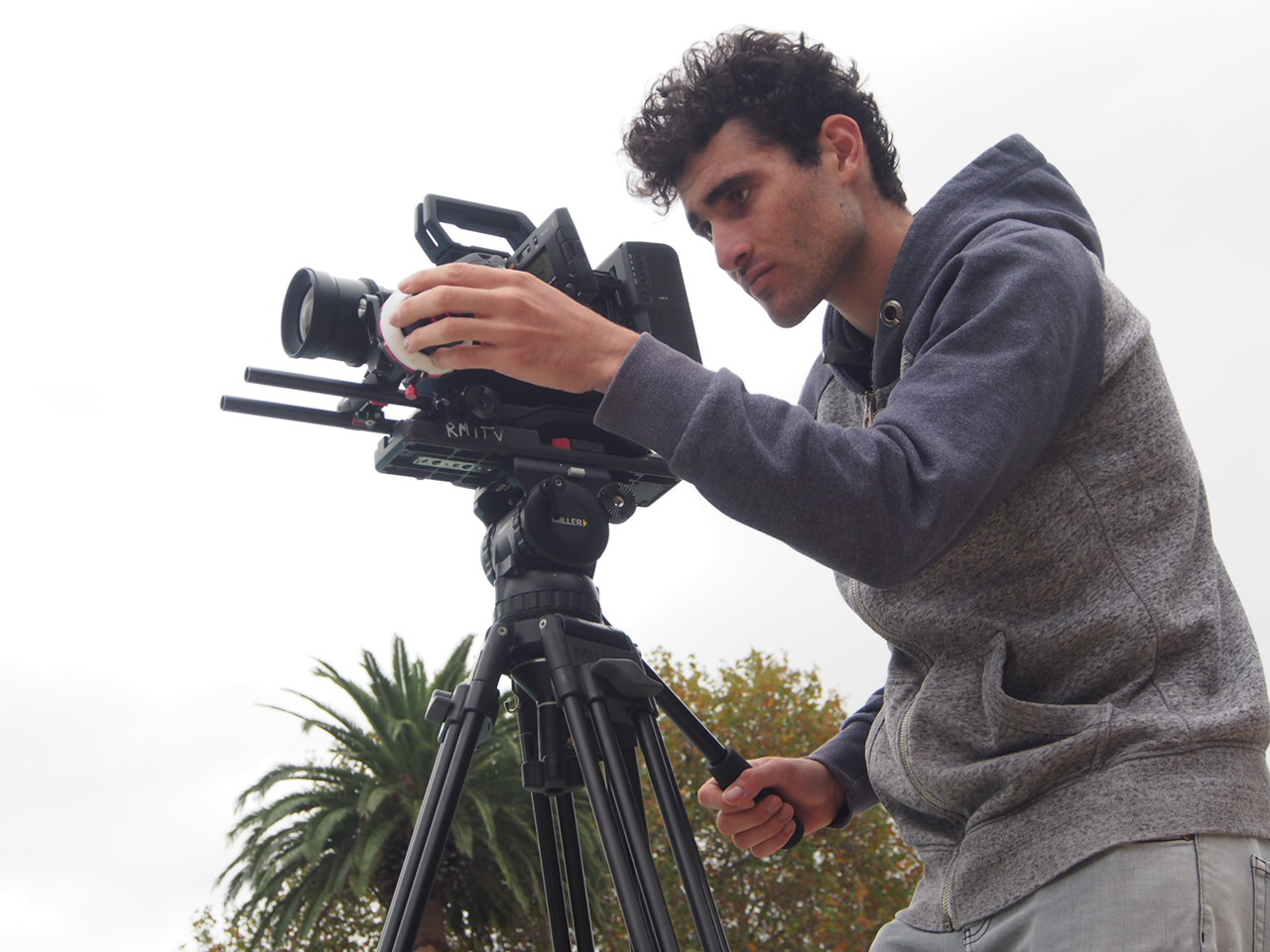 |
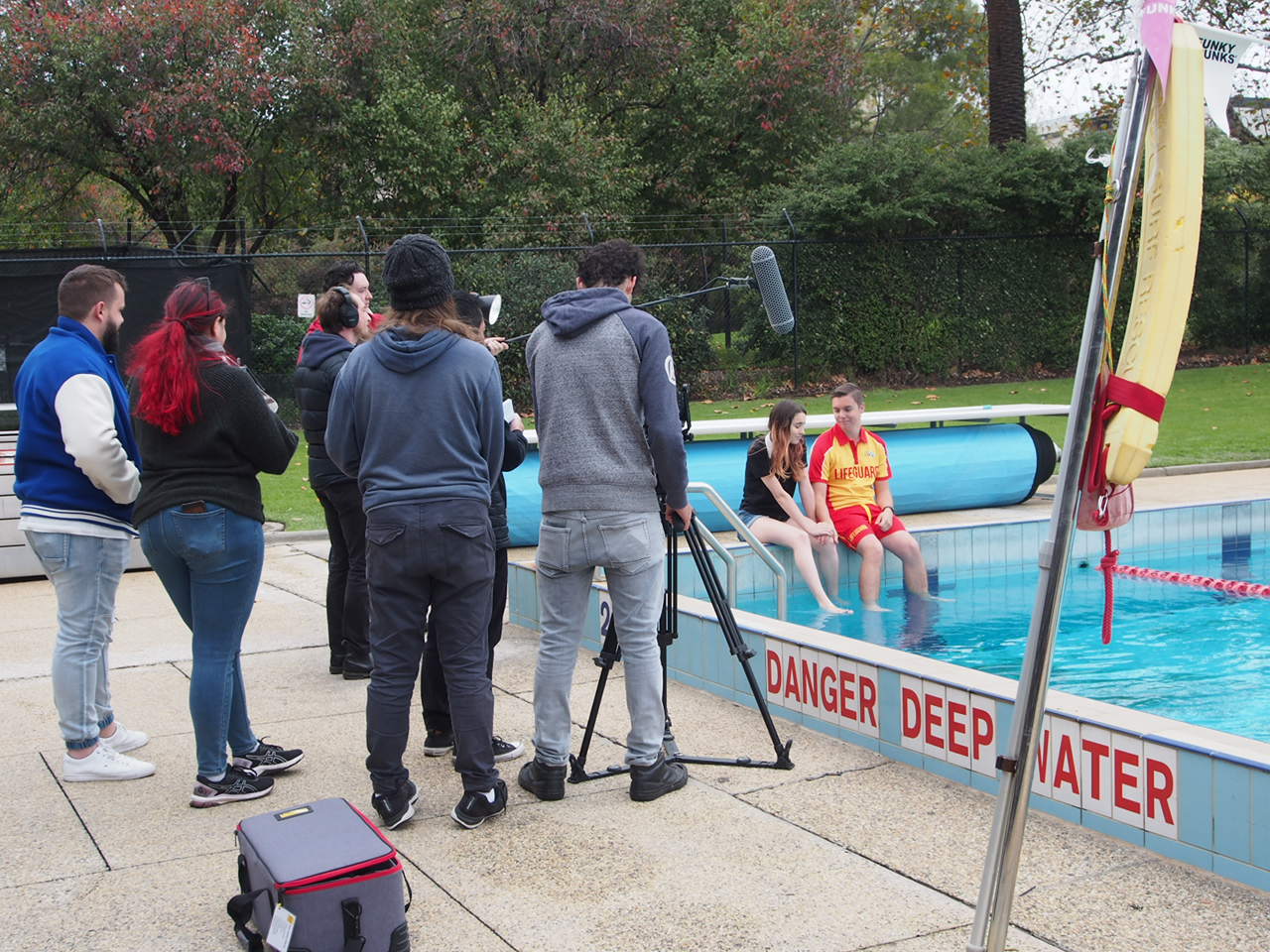 |
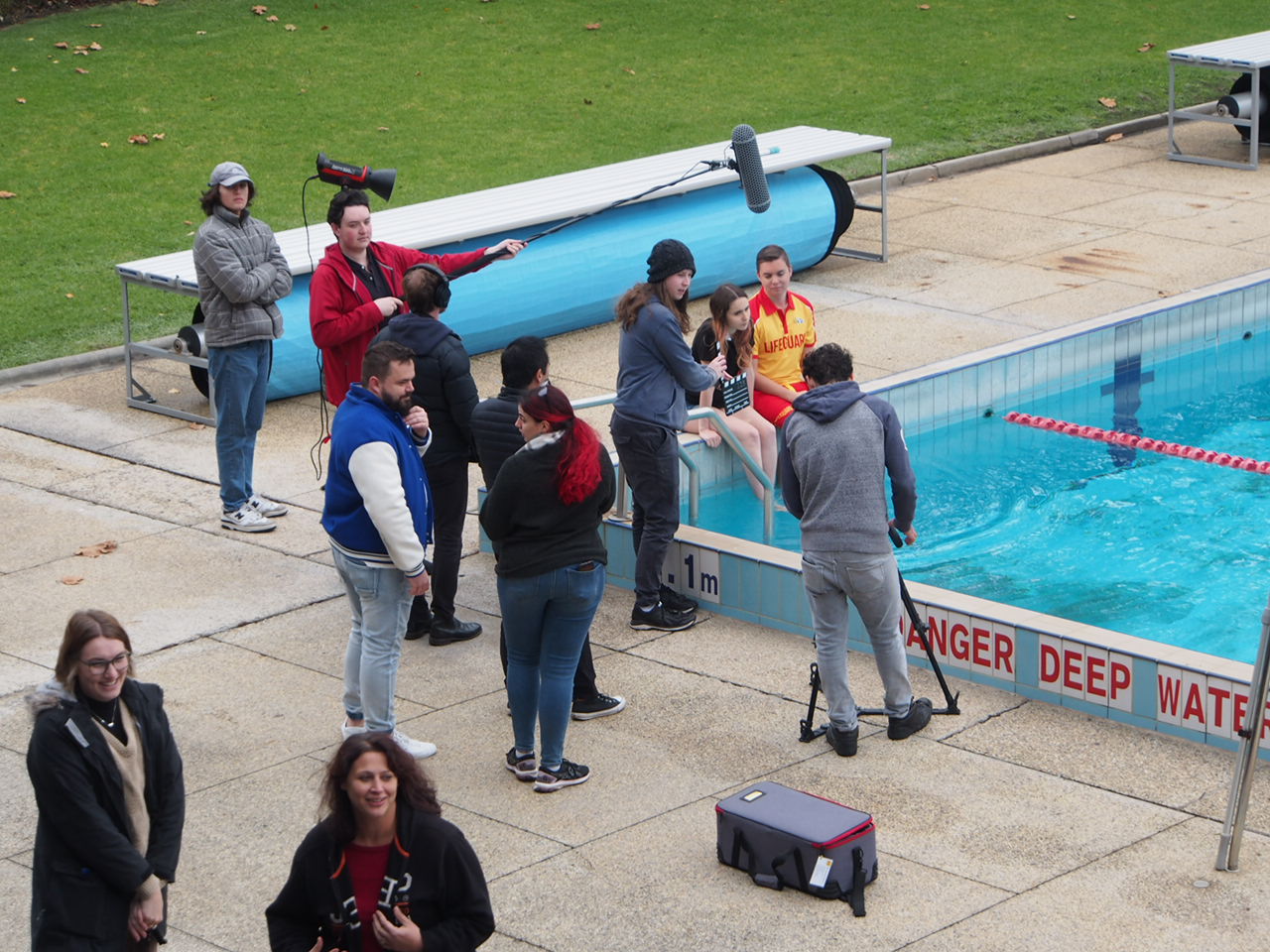 |
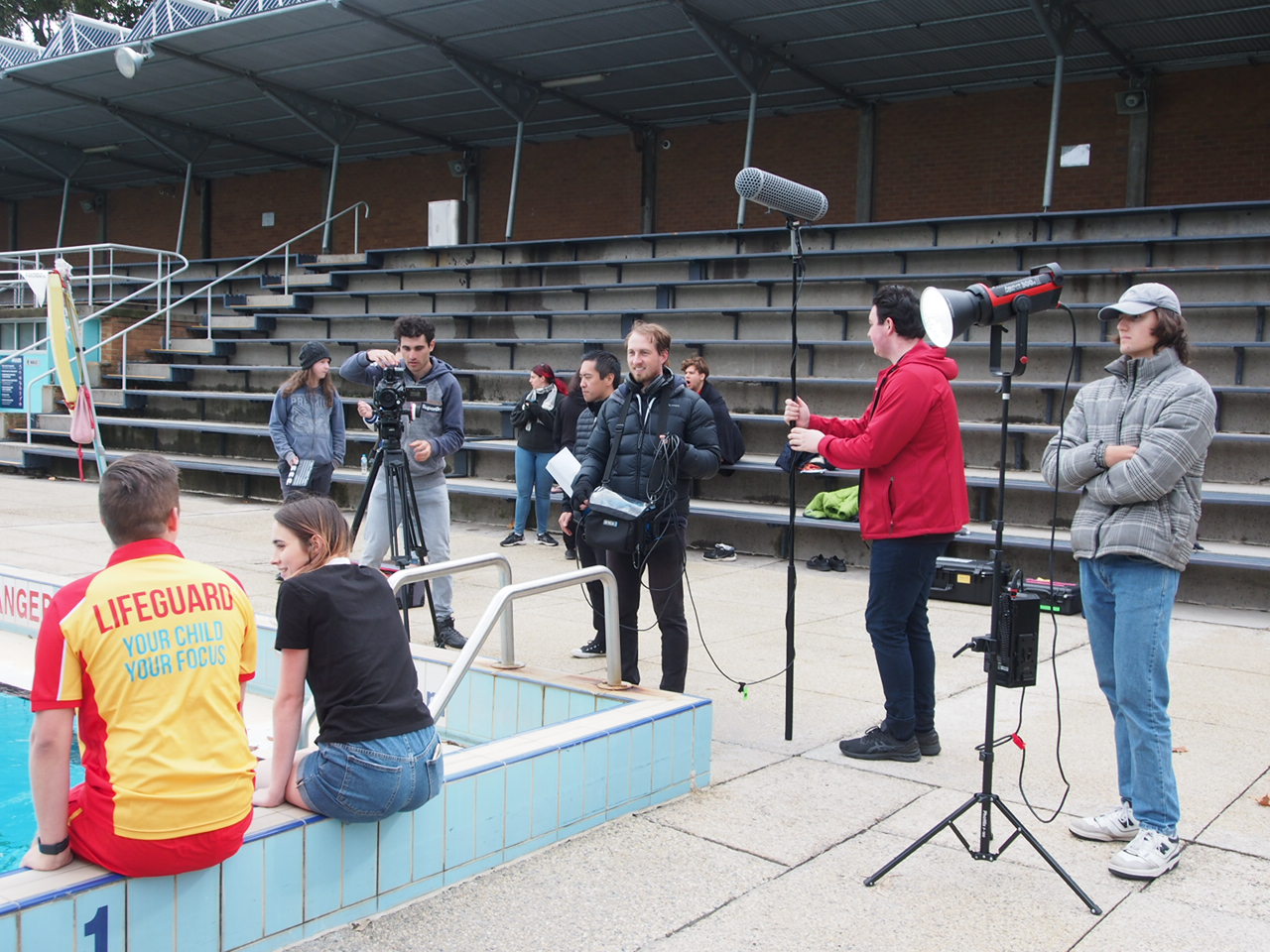 |
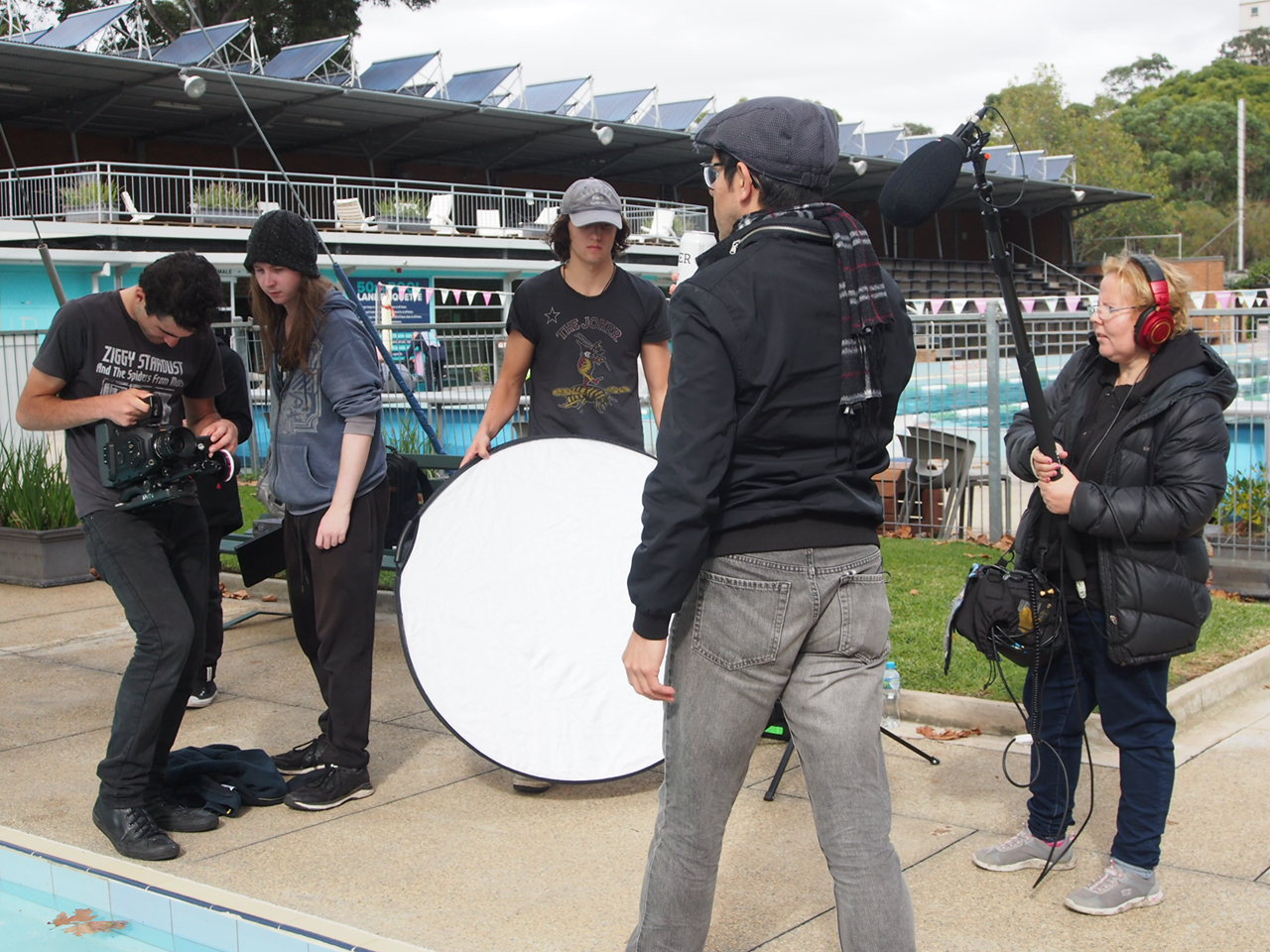
Photos courtesy of https://jeanbaulch.com/. (She was also an actress in the show. Can't wait to see her parts on the screen. Very funny).
There is quite a large difference between being a cinematographer and a videographer. I don't believe there is a big difference between a cinematographer or videographer telling a story, or finding the best audiovisual. The difference lies in how they construct their finished product. This isn't to put one on a higher pedestal because both require their unique skillset.
A cinematographer will say "one more for safety," a videographer doesn't always have the option. The cinematographer builds the scene from the blocking, the lighting, the sound, the action and set design. The videographer has to become the best observer of an already built environment and then capture the actions, the people and the atmosphere of a wedding, event or news.
Both can be excellent in making the best visuals or editing a great soundscape, but the cinematographer has to orchestrate the entire image from scratch. There is a lot more delegation of roles for the crew, and discussions with actors to create finished art. A videographer doesn't have the option, so they have to be more "run and gun," and be very responsive to the environment. They also work by themselves a lot more often. They are more often sound and lighting as well. (Small productions may have the cinematographer do lighting as well, but there has to be a sound specific person). A cinematographer also doesn't use Auto-focus. The videographer sometimes has to use auto-focus, as they don't have 3 hands.
The last thing I talk about here is the delivery of the final product and why the cinematographer has to be more precise, more careful and why it takes more patience. The cinematographer creates for theatres, television and festivals. The videographer produces for clients on computer screens, phone screens and on broadcast television. Both have to be very good quality of work, but the cinematographer has to be perfect if it's going to be seen on a 20-metre widescreen. It has to match and be seamless from shot to shot. The audience has to be immersed in a world.
The audience for a wedding video knows they are watching a real event so are more forgiving if some shots don't exactly match for a seamless experience. They have to make sense but don't have to be as exact. They also have to be a bit more rushed. The videographer can be dealing with a client who can have no idea about how difficult it can be to create a perfect video. An editor for film production has to be quick but they can have a good relationship with the director/cinematographer and be more forgiving if it takes longer. A cinematographer knows RAW footage needs x, y and z to work well. The average person who needs a wedding video may not know how RAW works. The videographer is likely to be working for a client to promote an event that has to be completed on May 6th and contracted on the 1st of May. A cinematographer works for a production company that has a schedule. Yes, it's a tight schedule, but there is one forecasted.
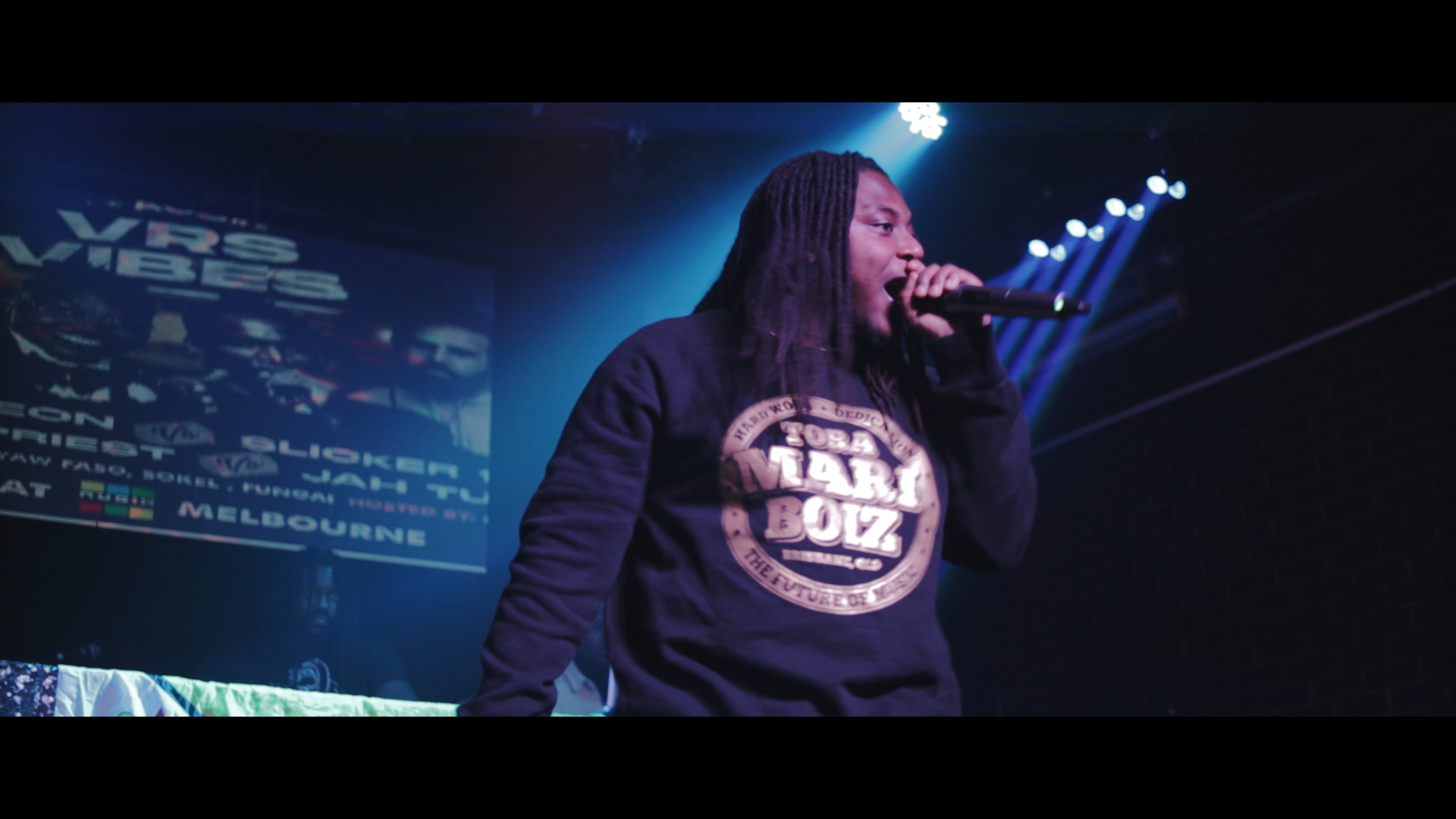
Collab with UScource Media
Screengrab from an event video we did. Have to be responsive to the lighting, sound, and action as we can't control that.
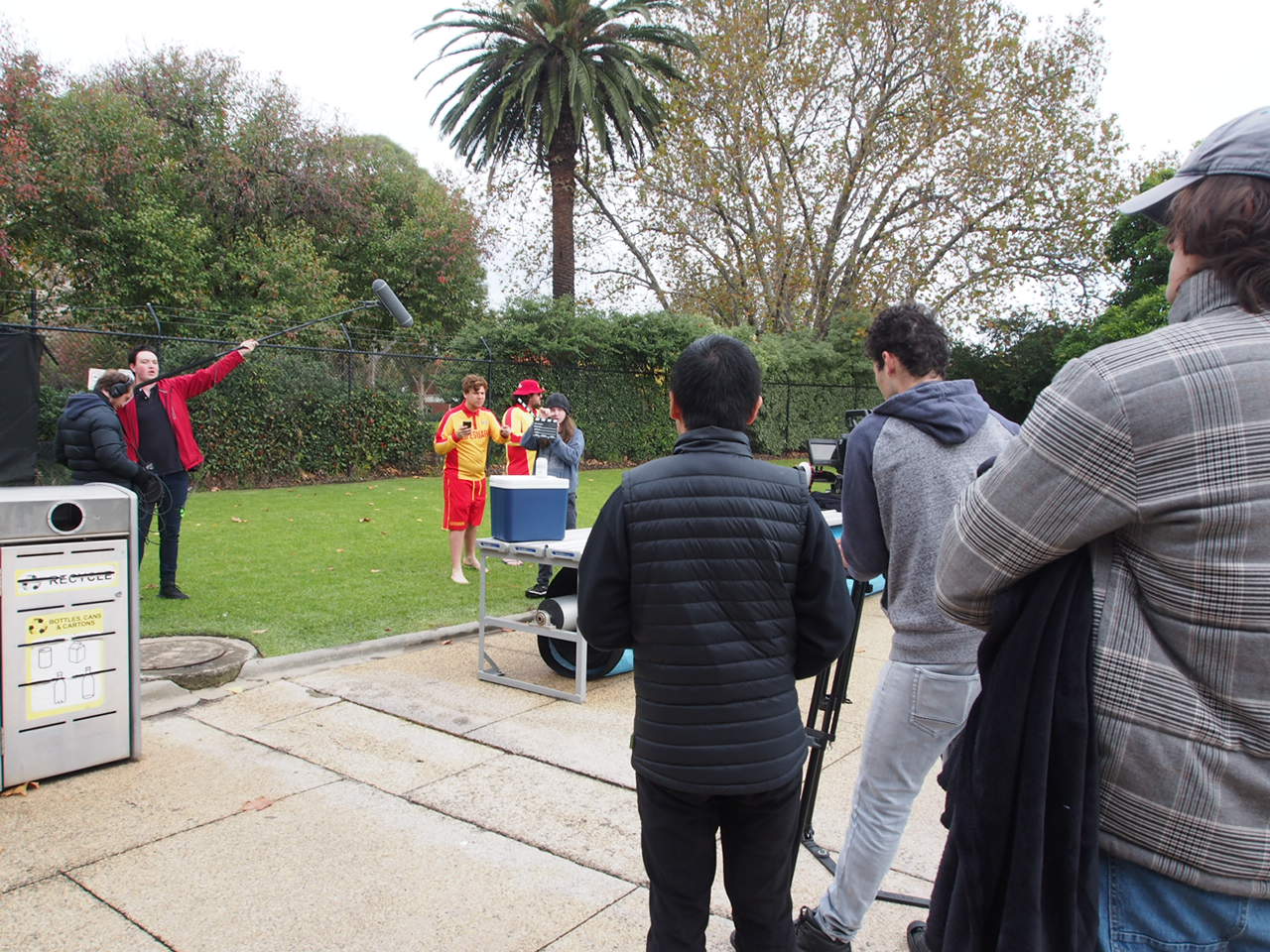

Courtesy of RMITV, and Jean Baulch. https://jeanbaulch.com/
There is a team to create when there is a cinematographer, to make the perfect shot needed for a seamless movie/film.

